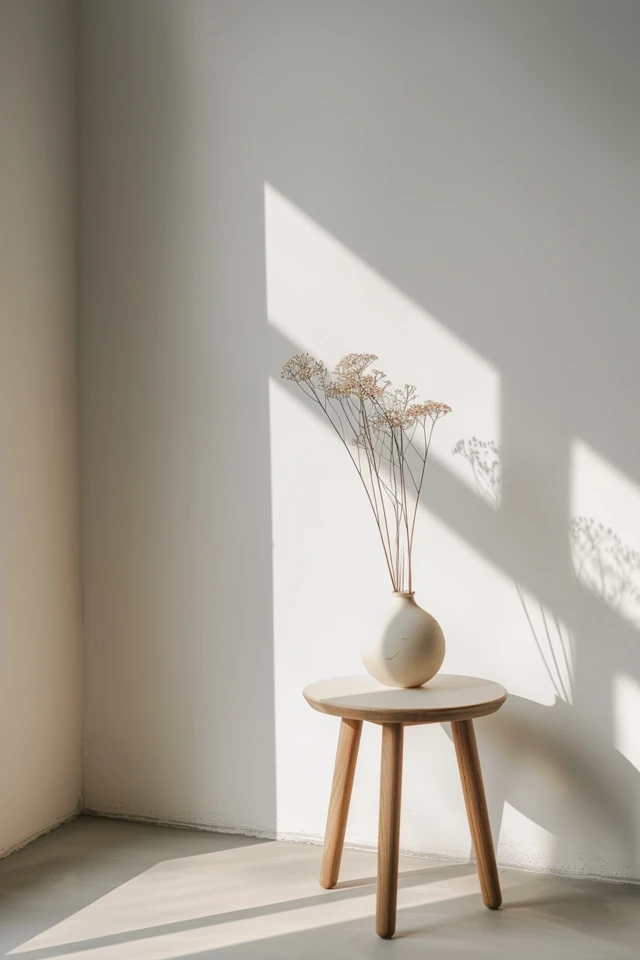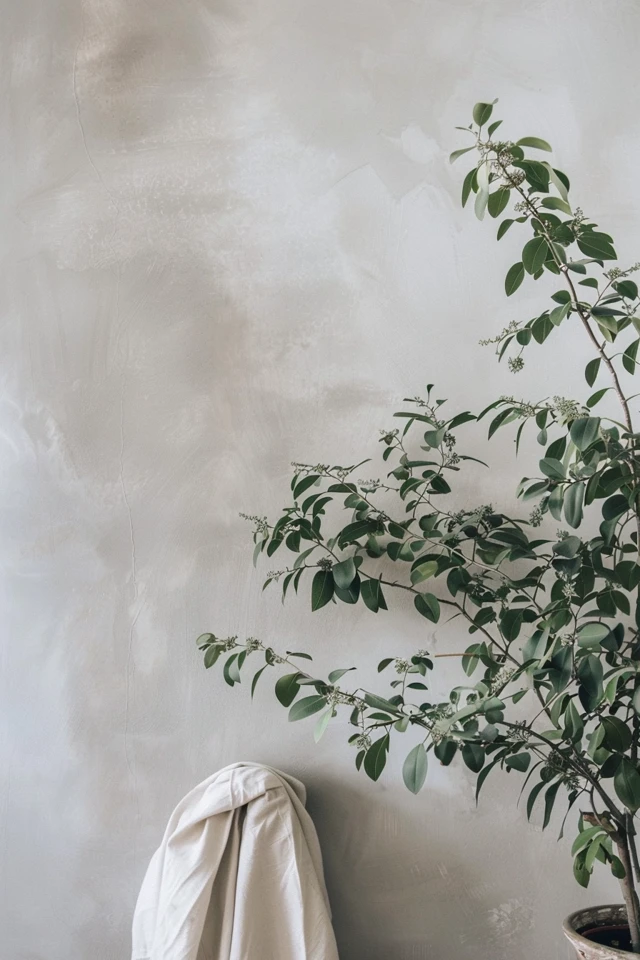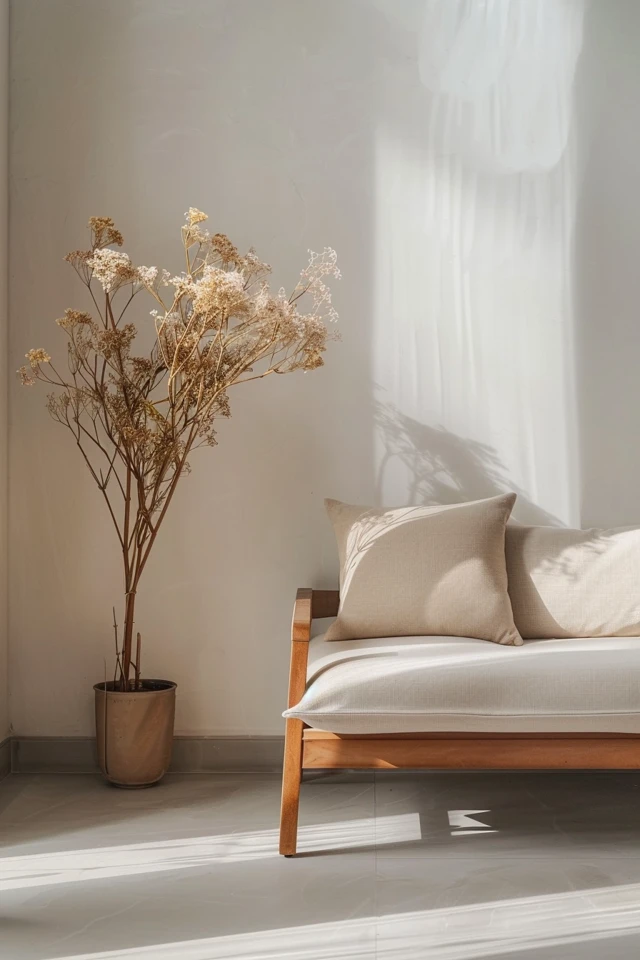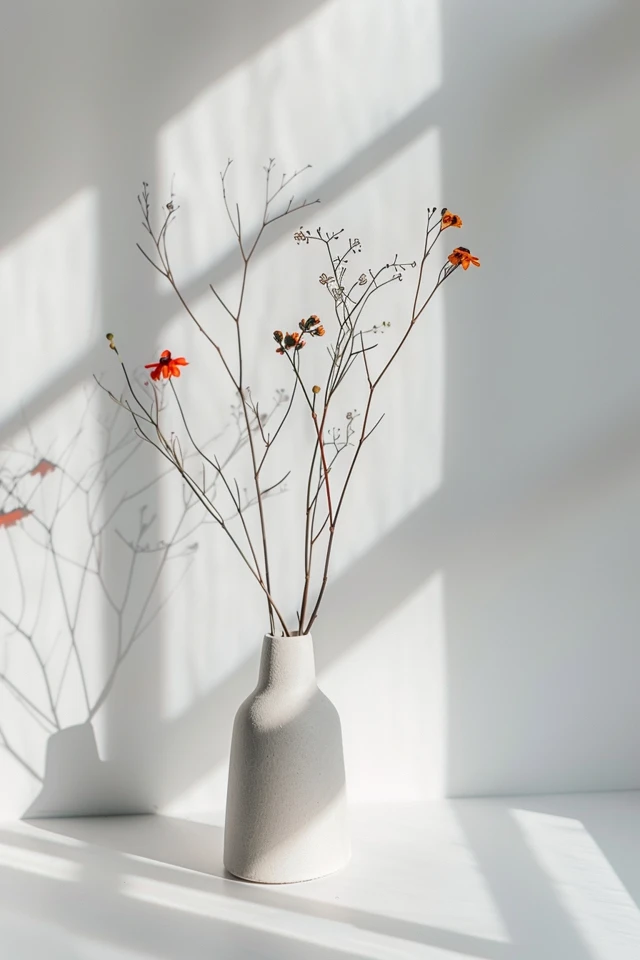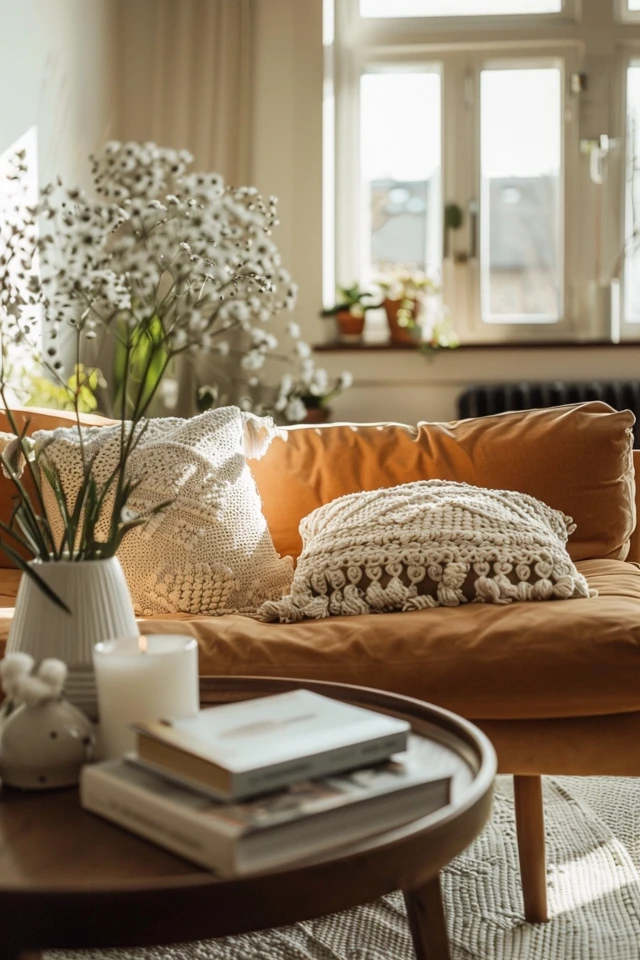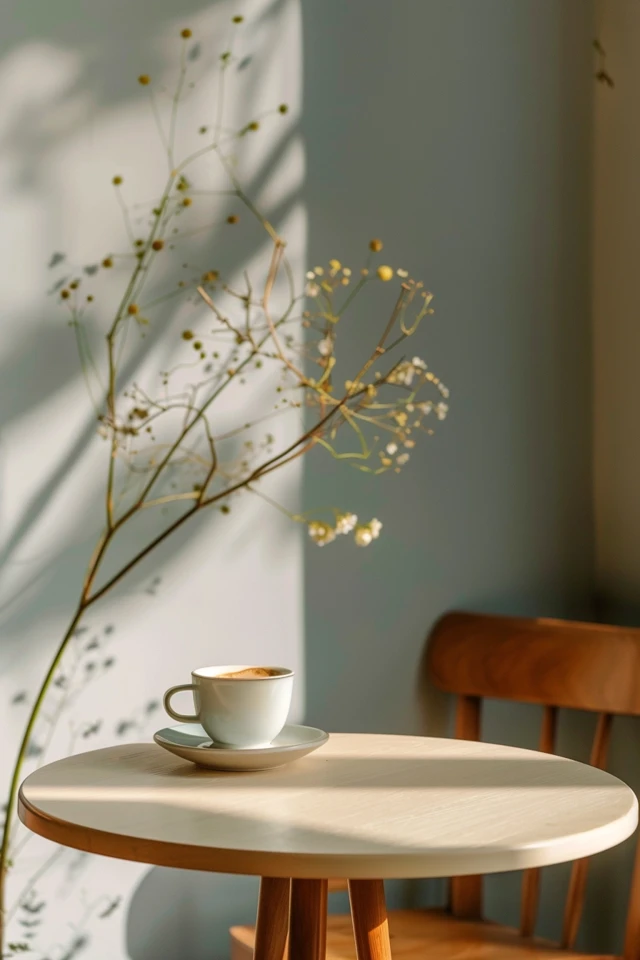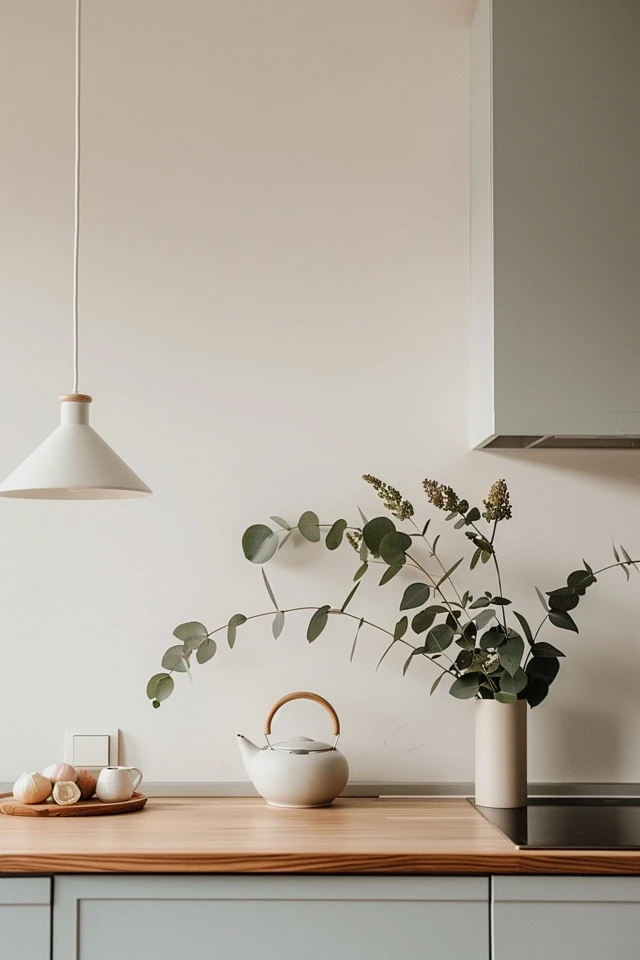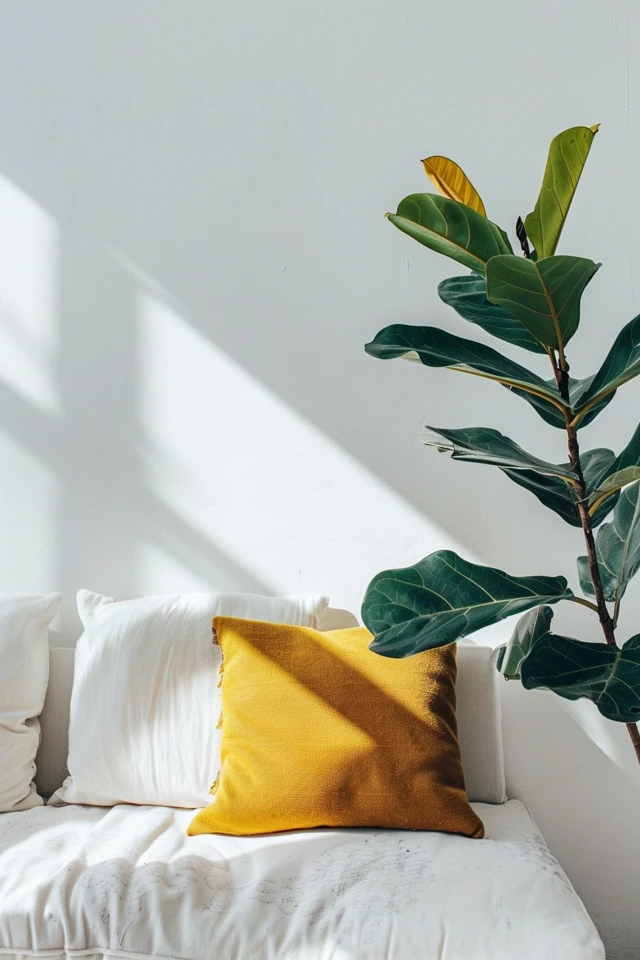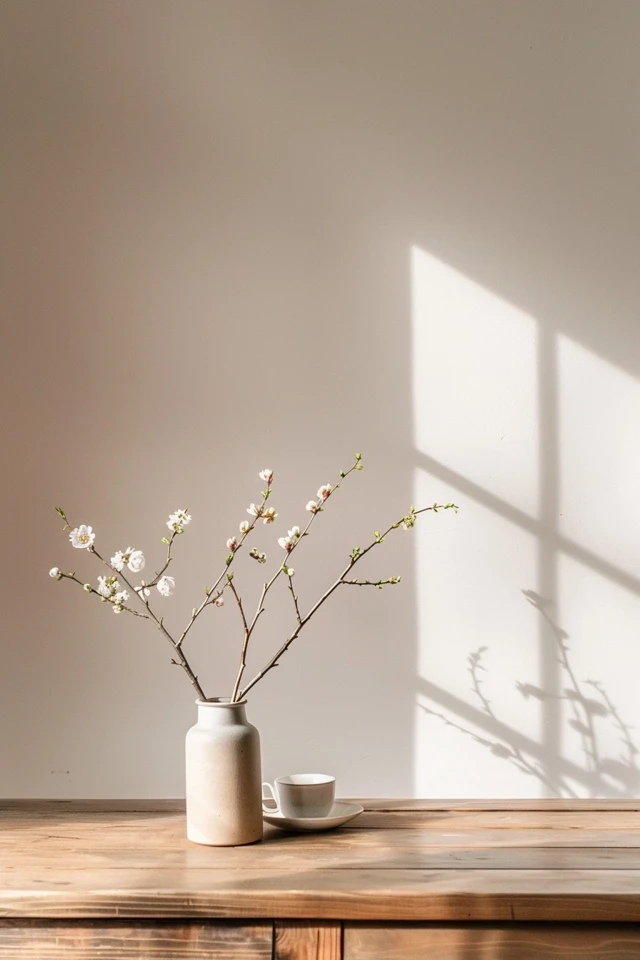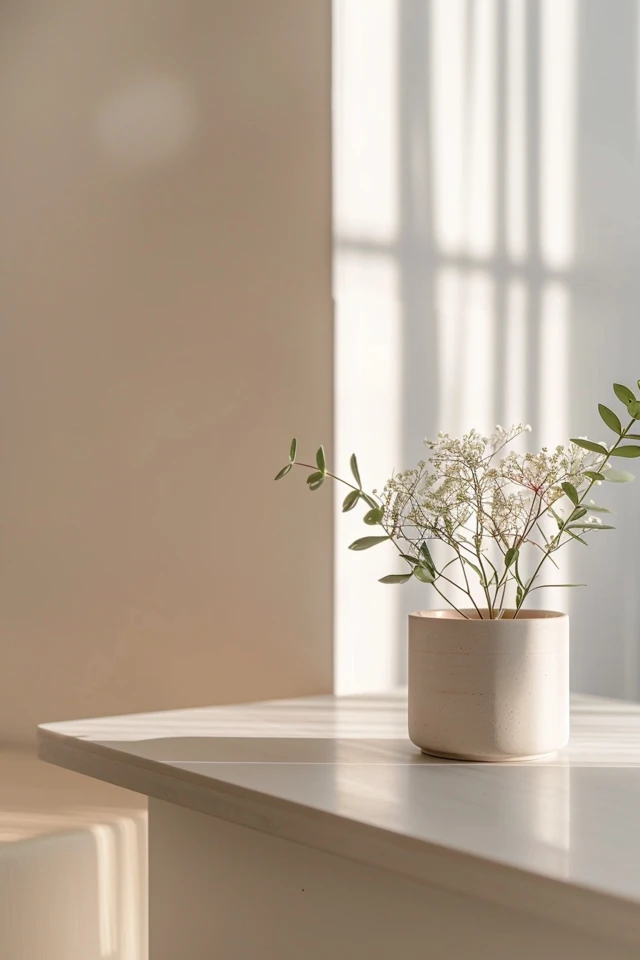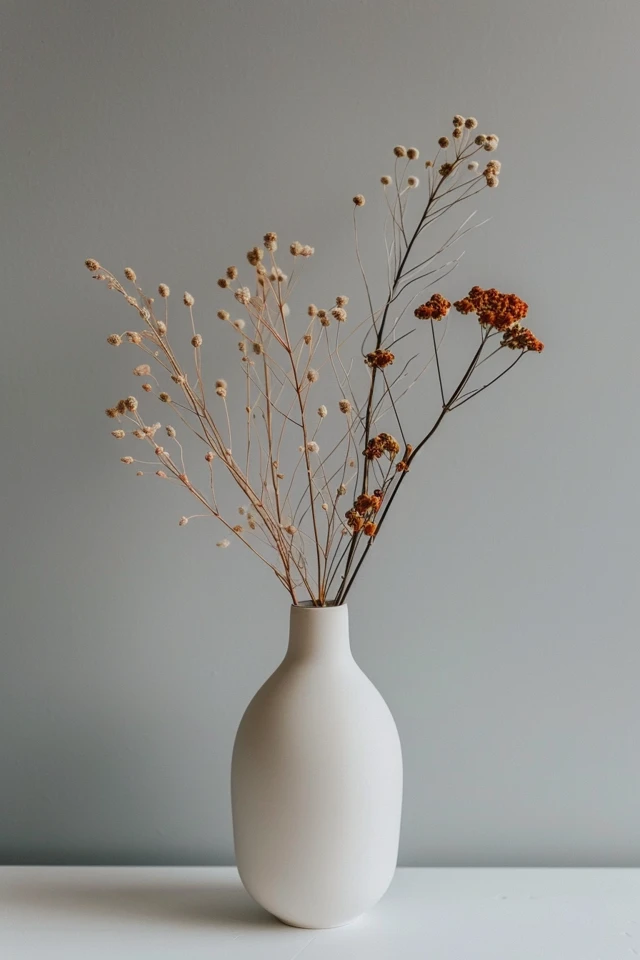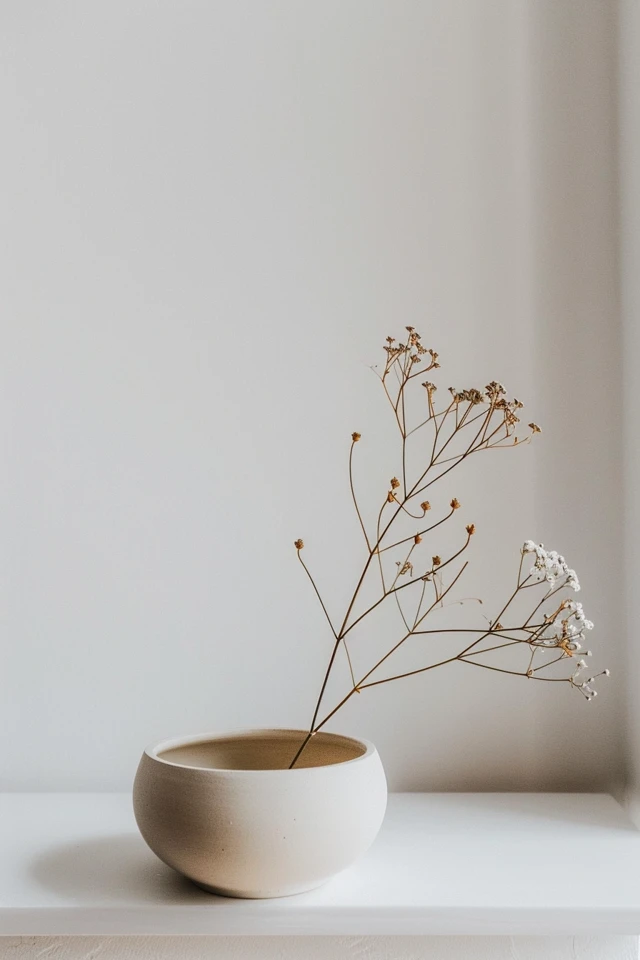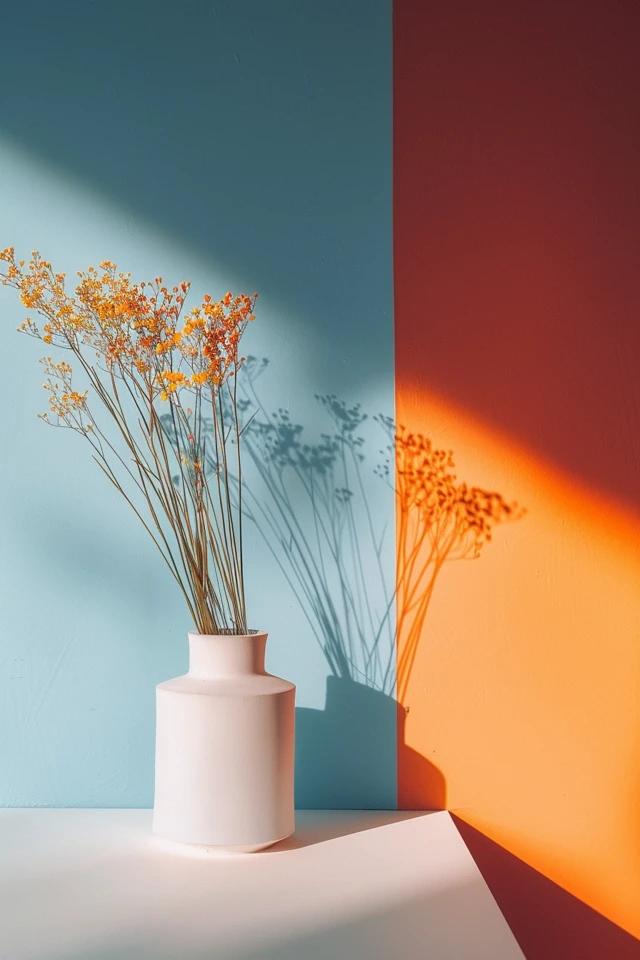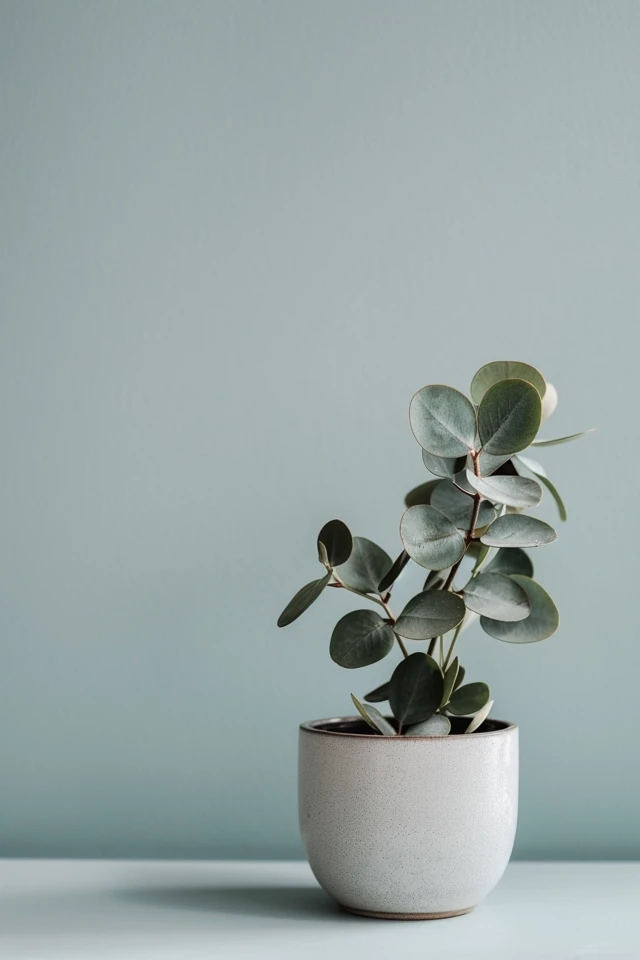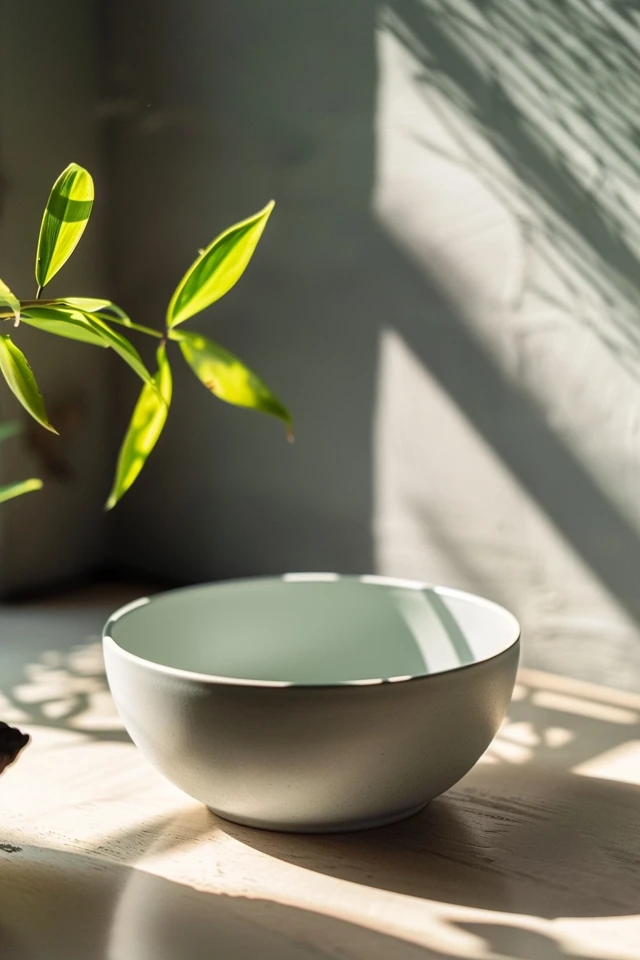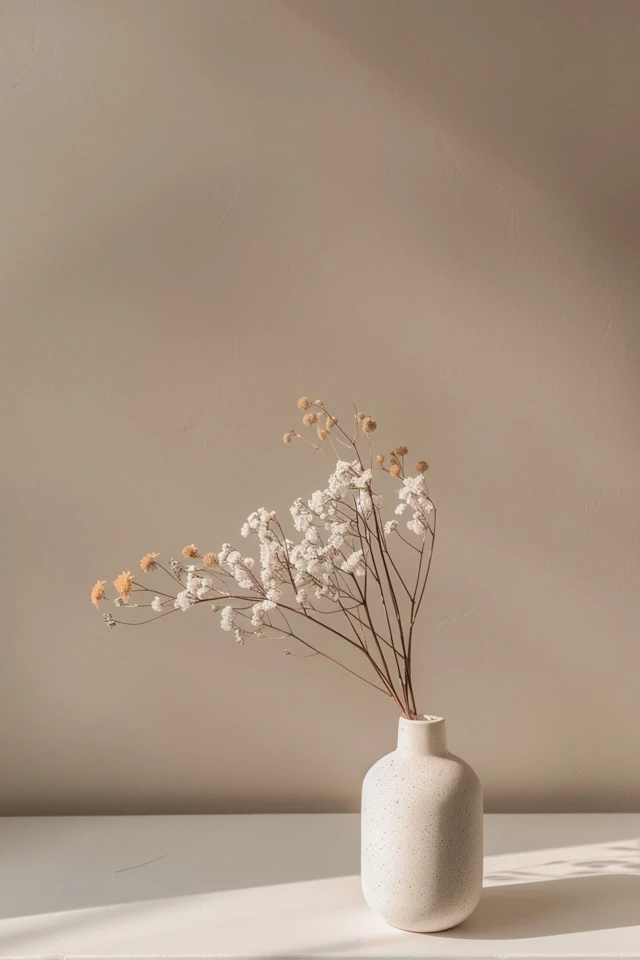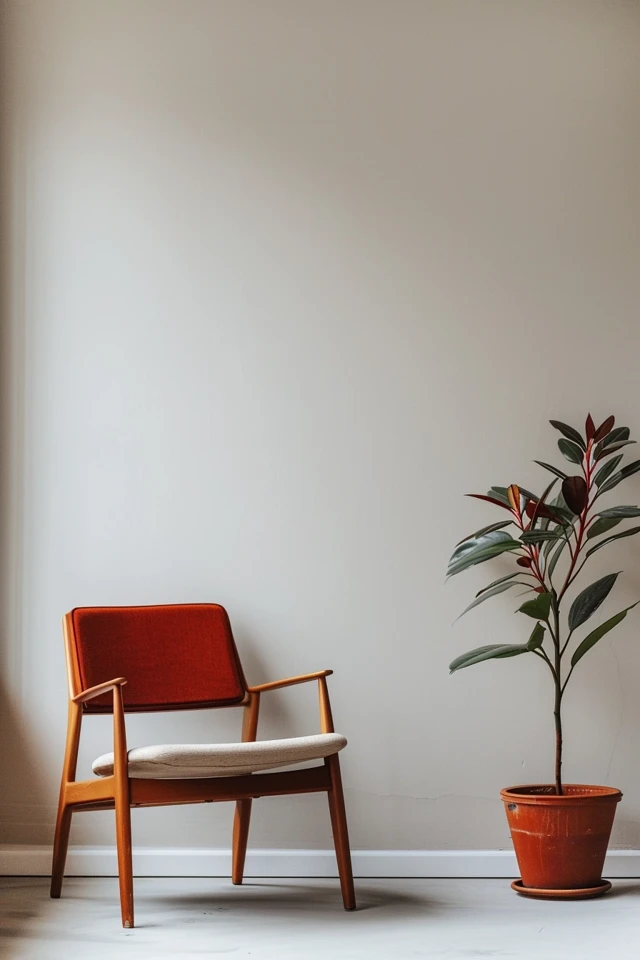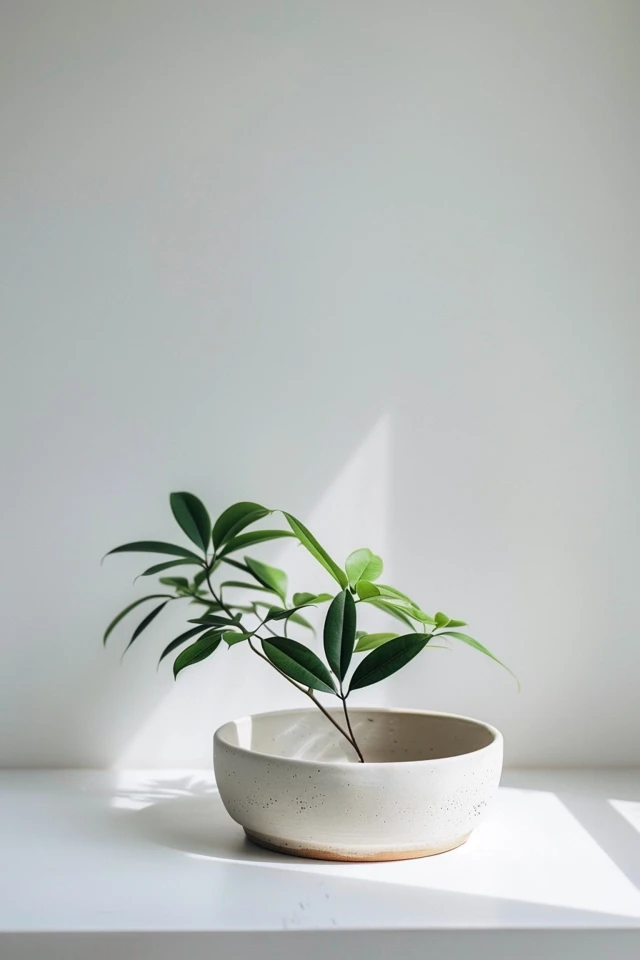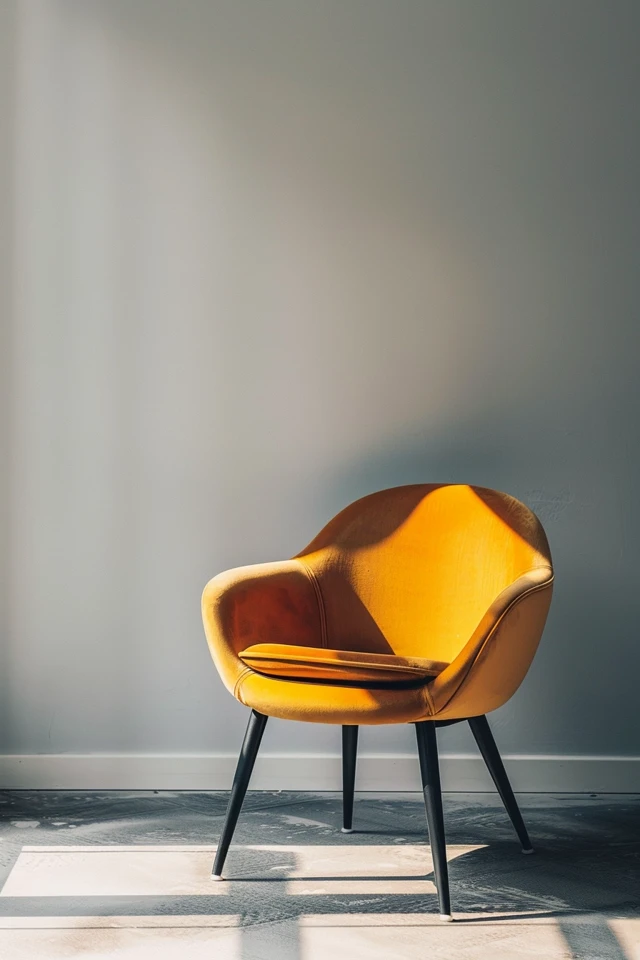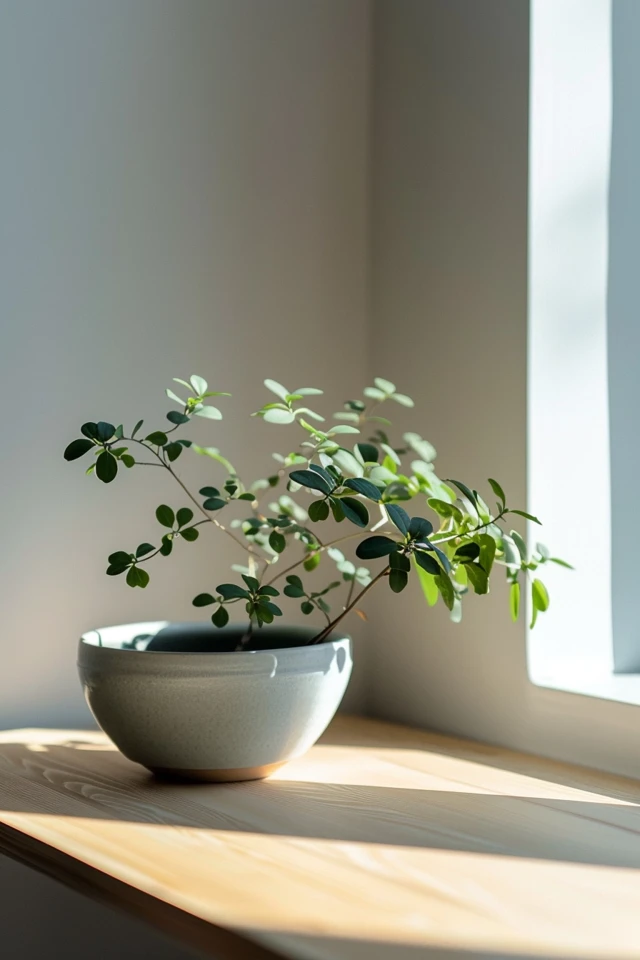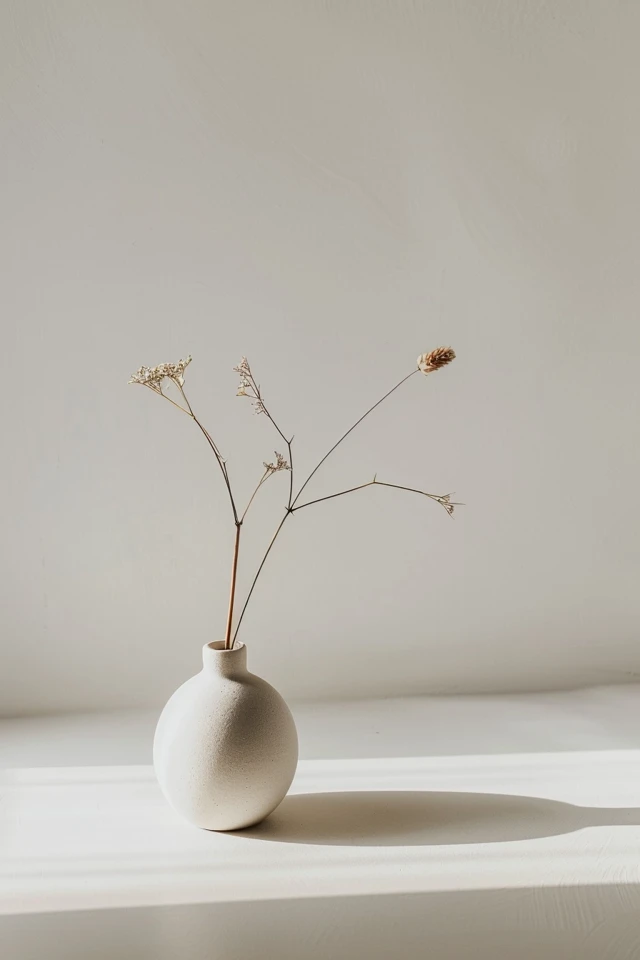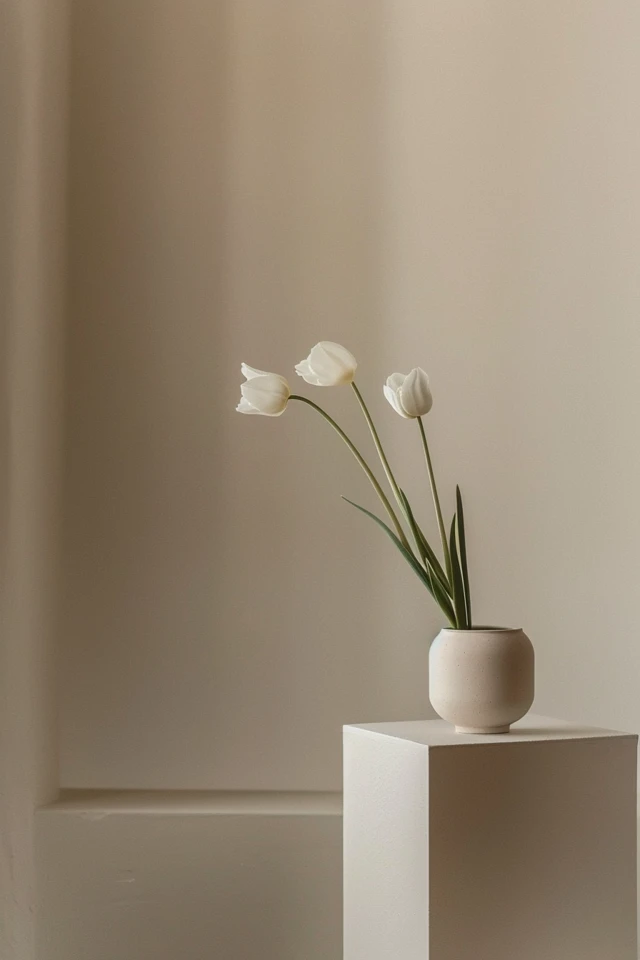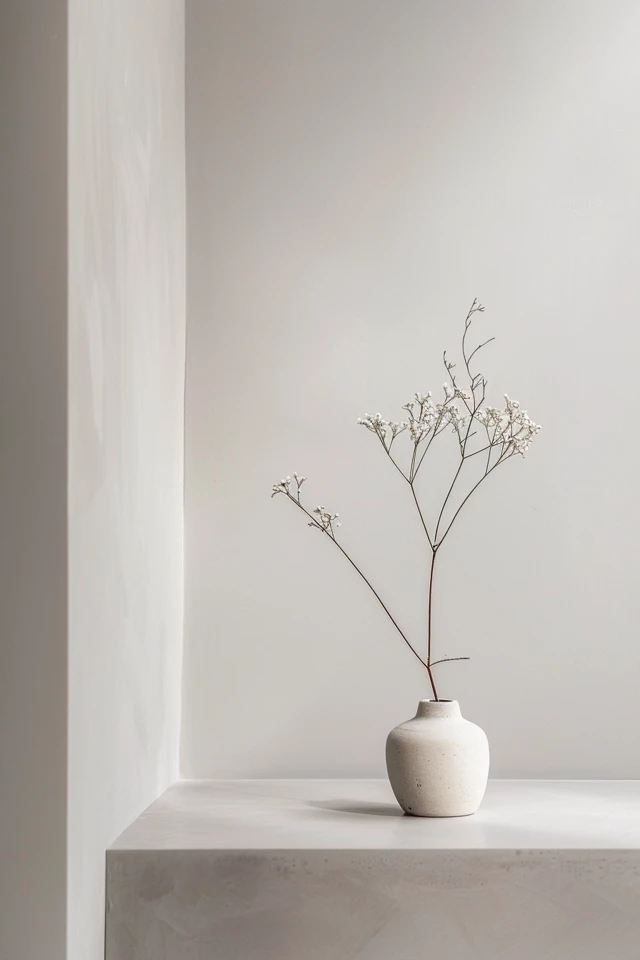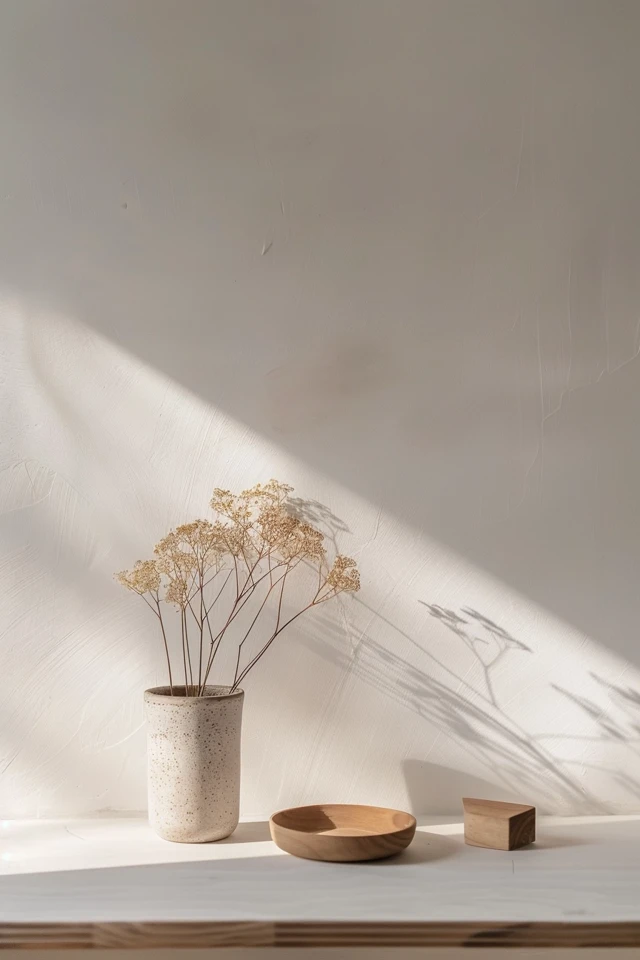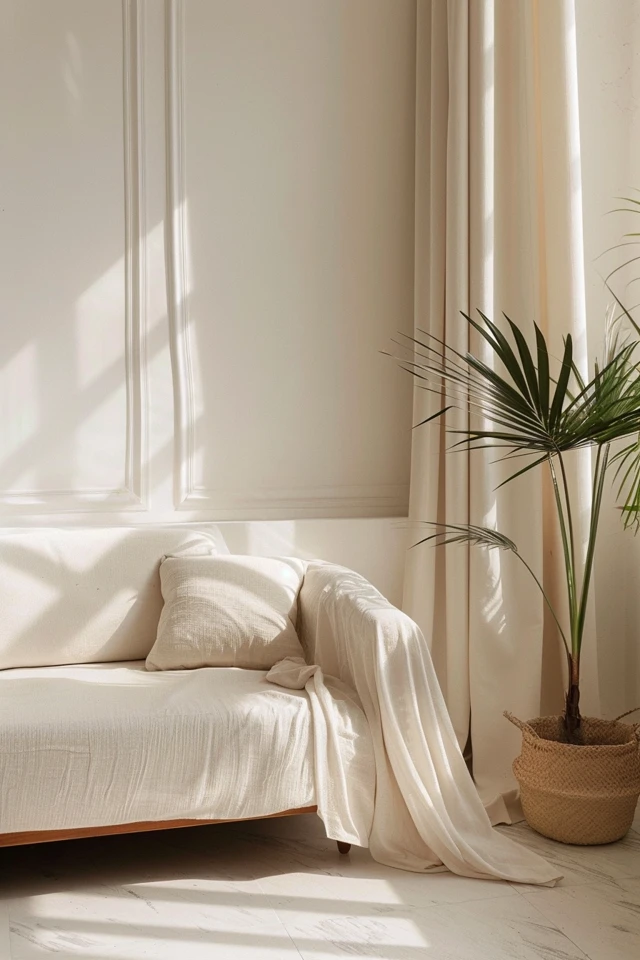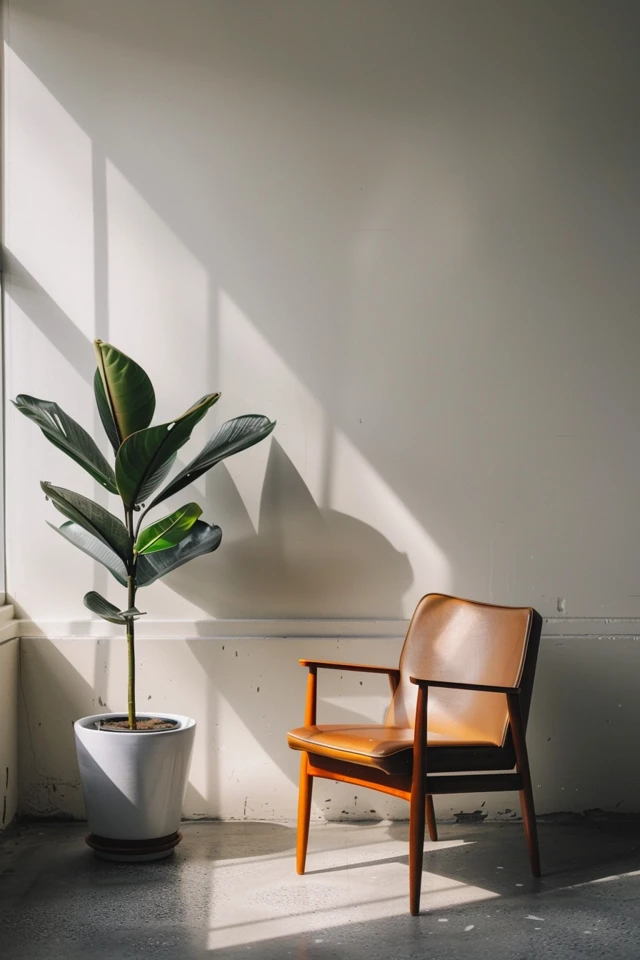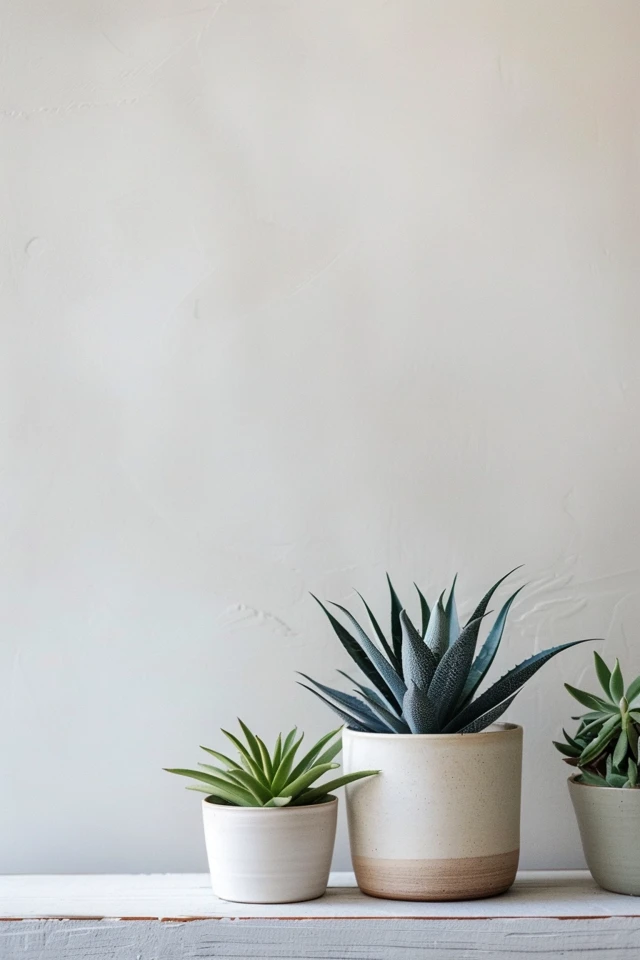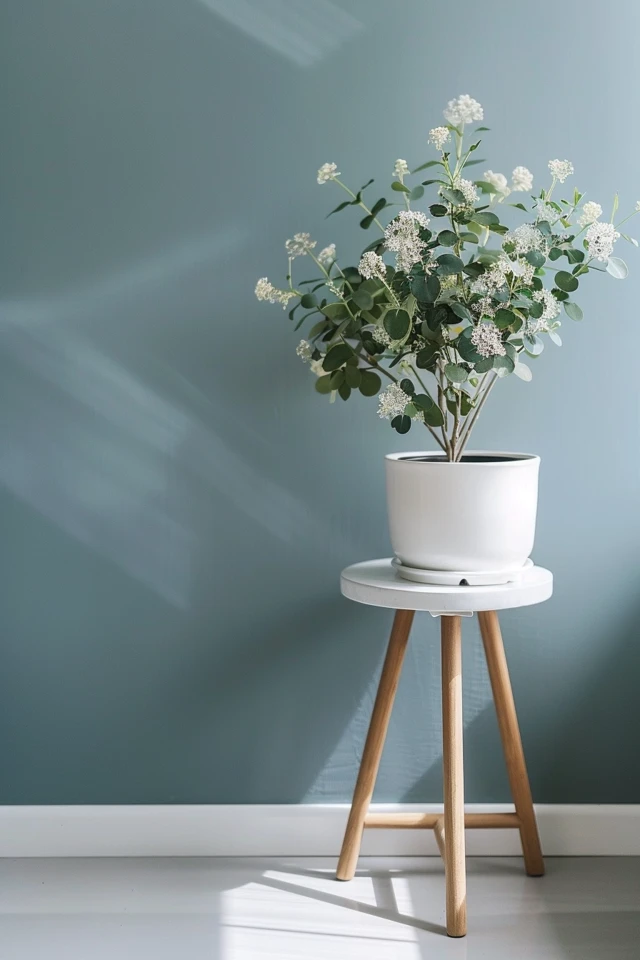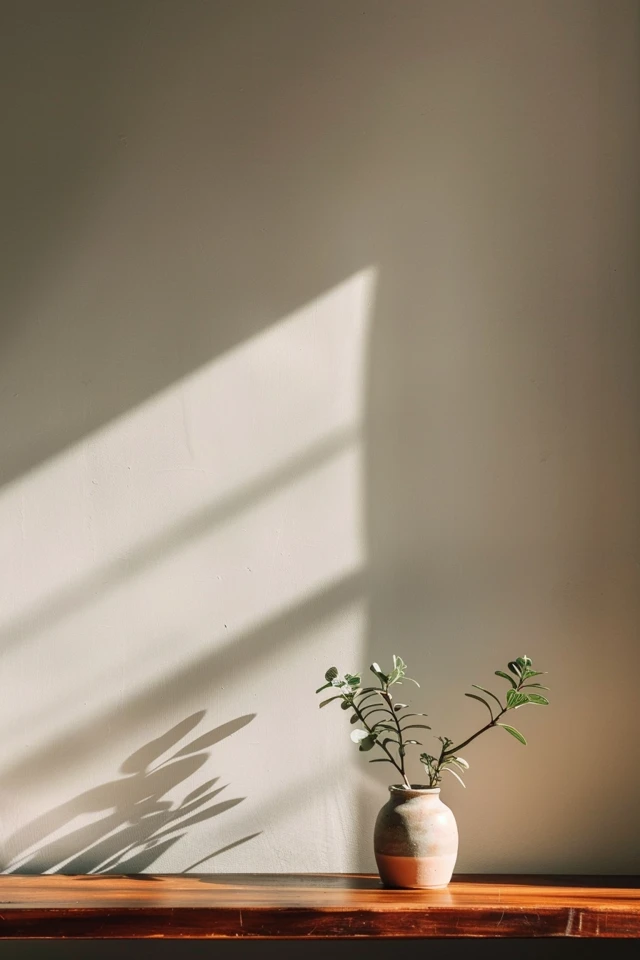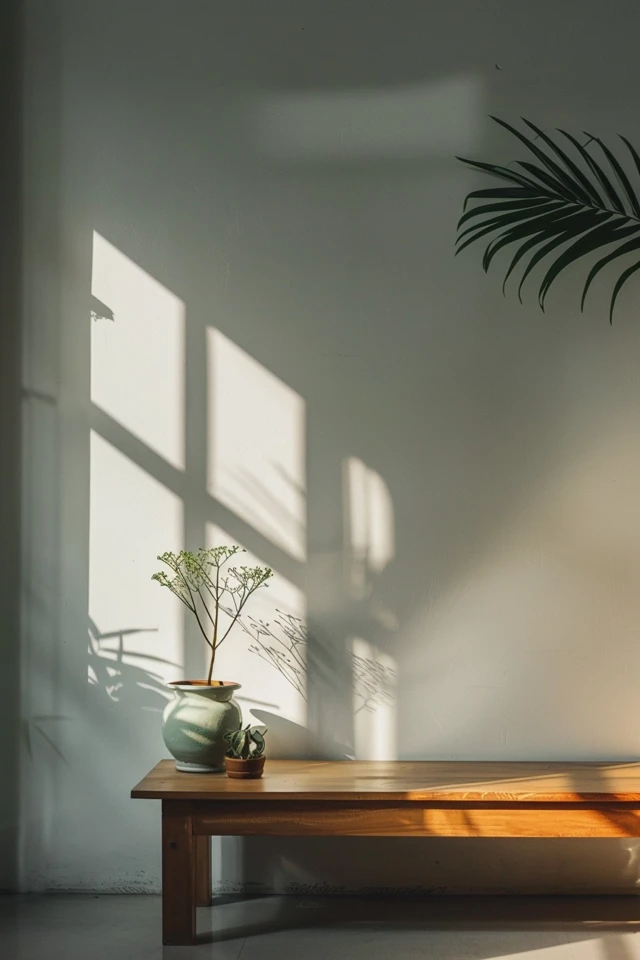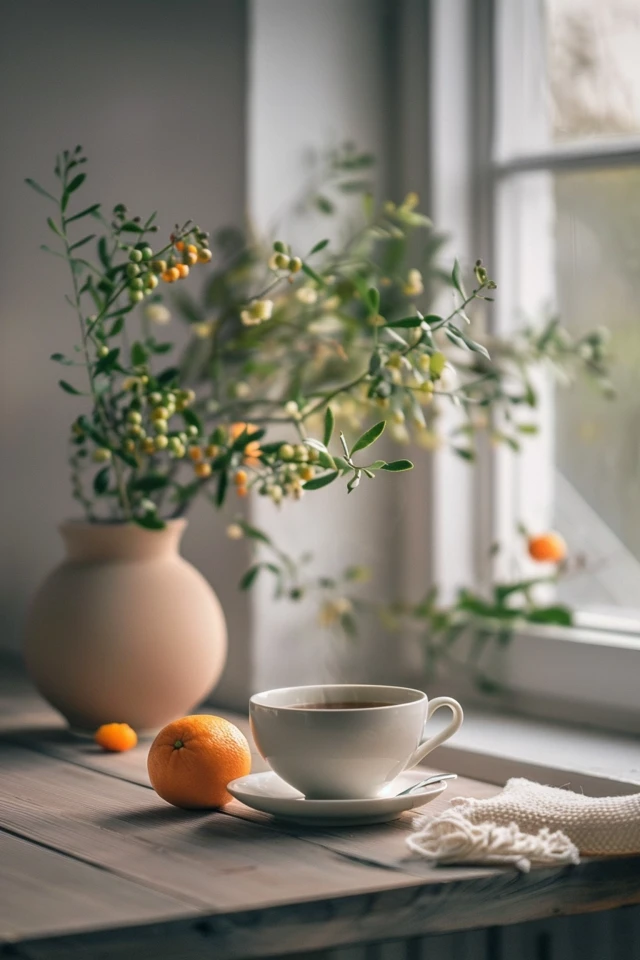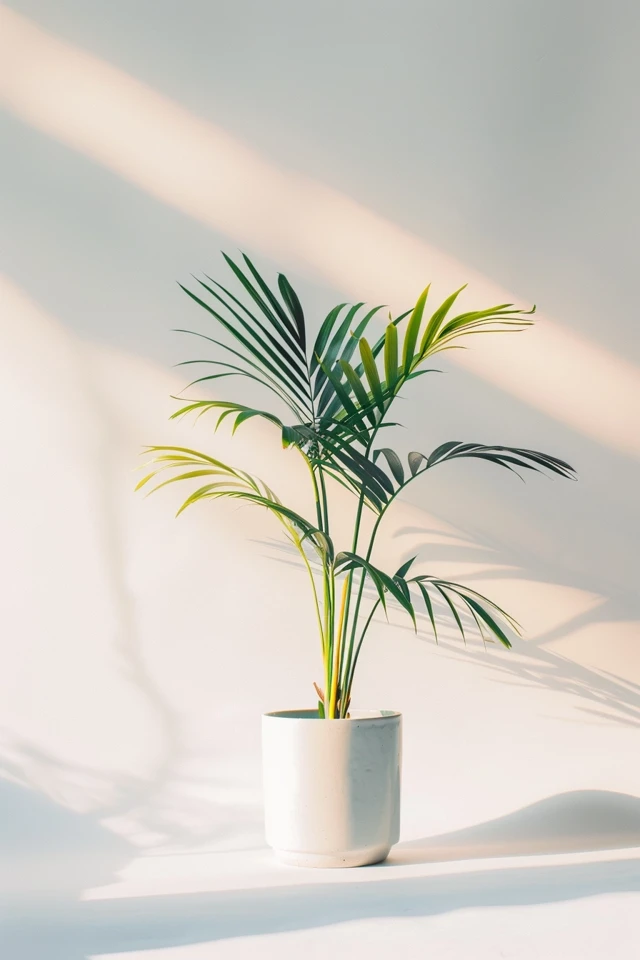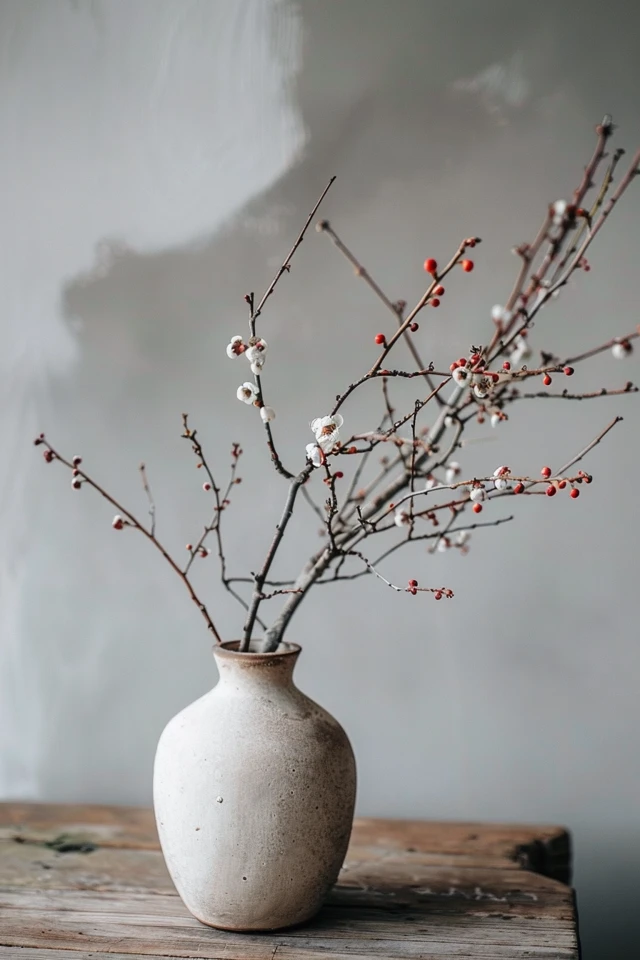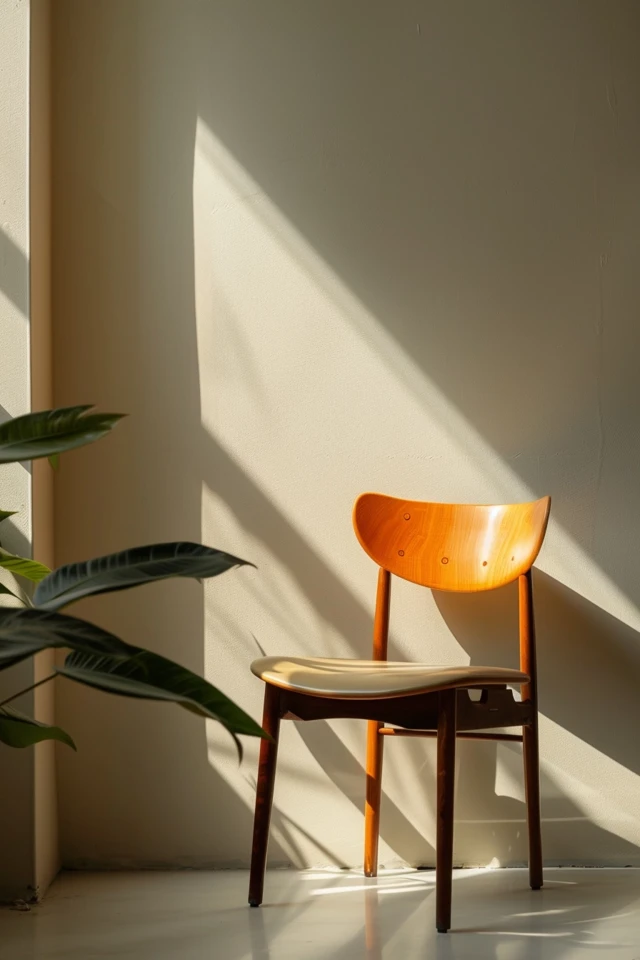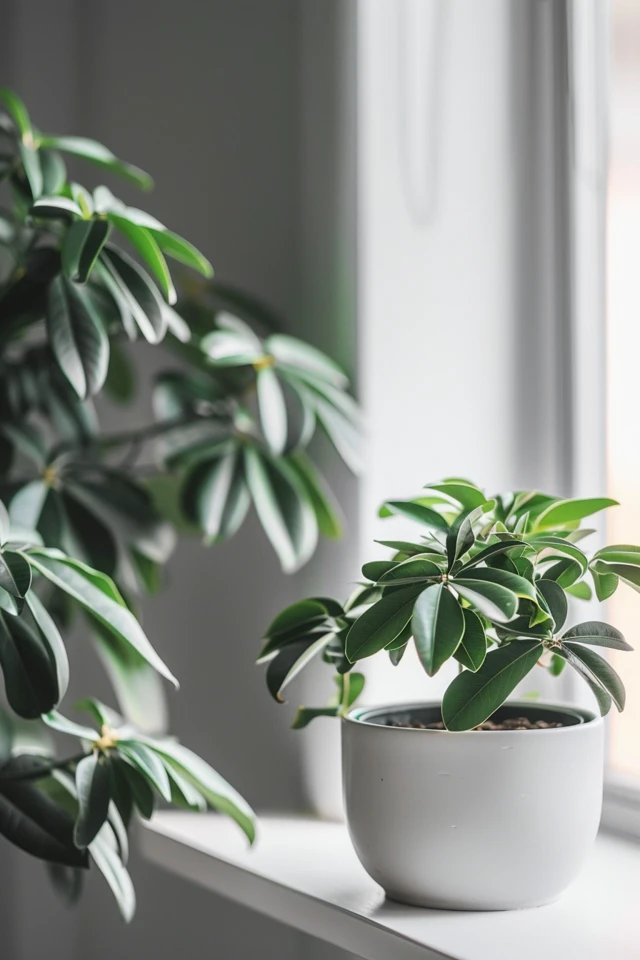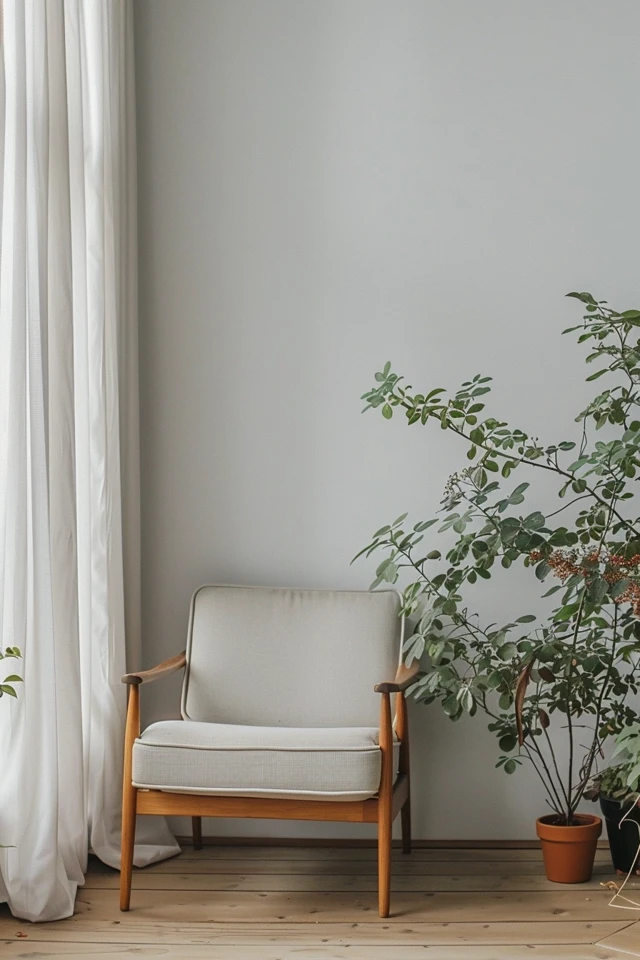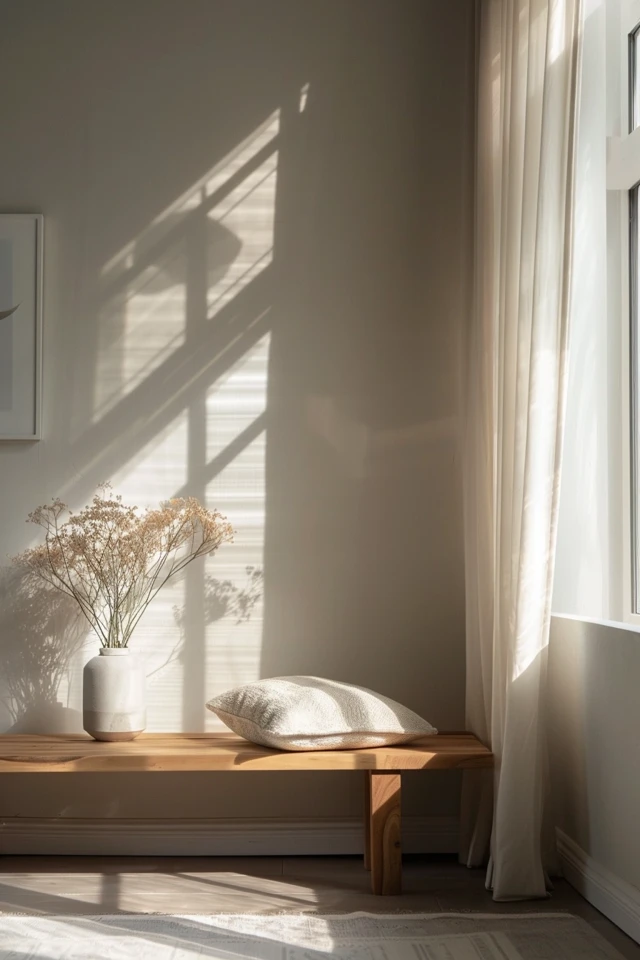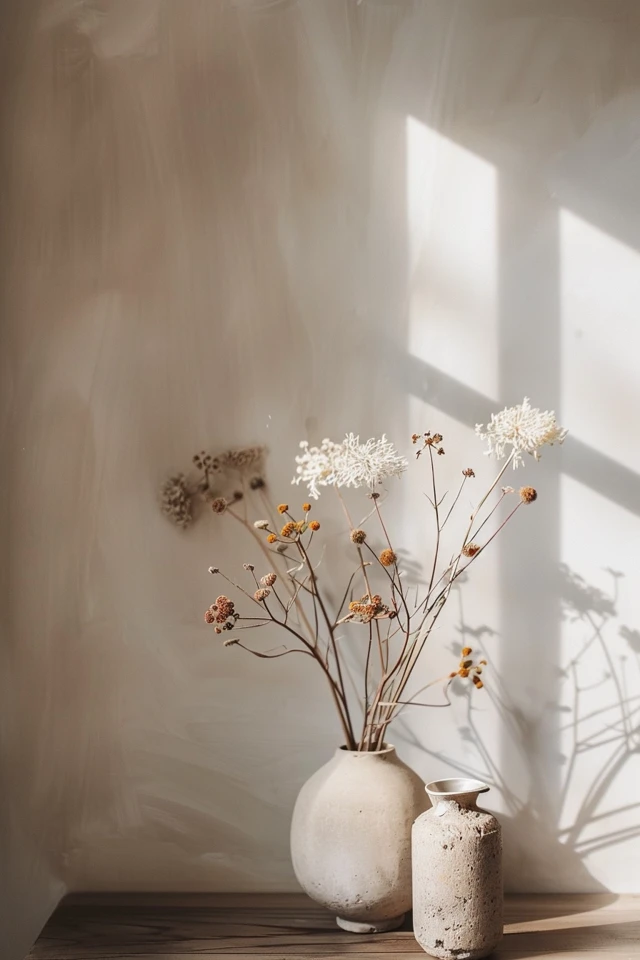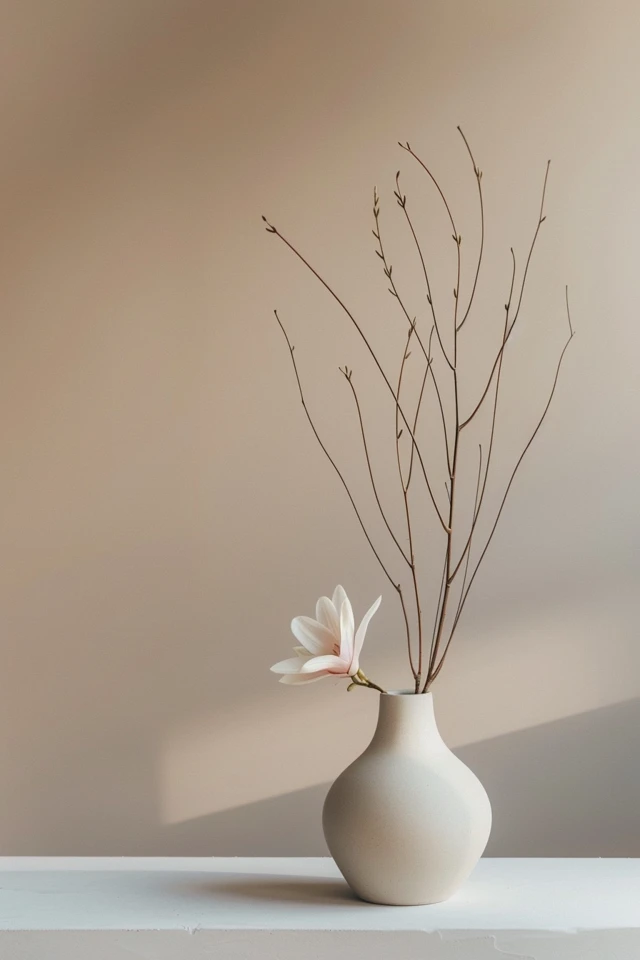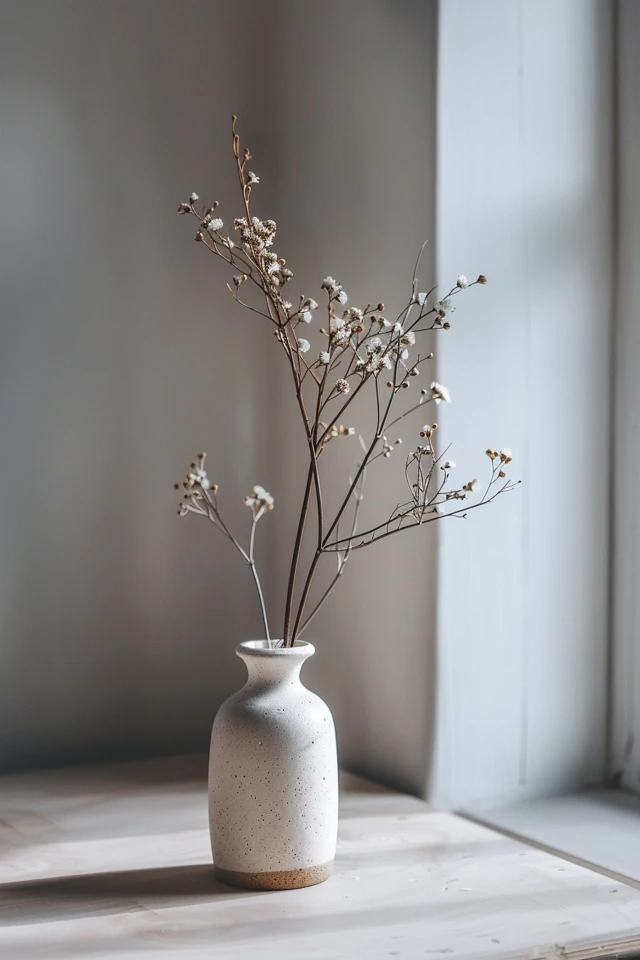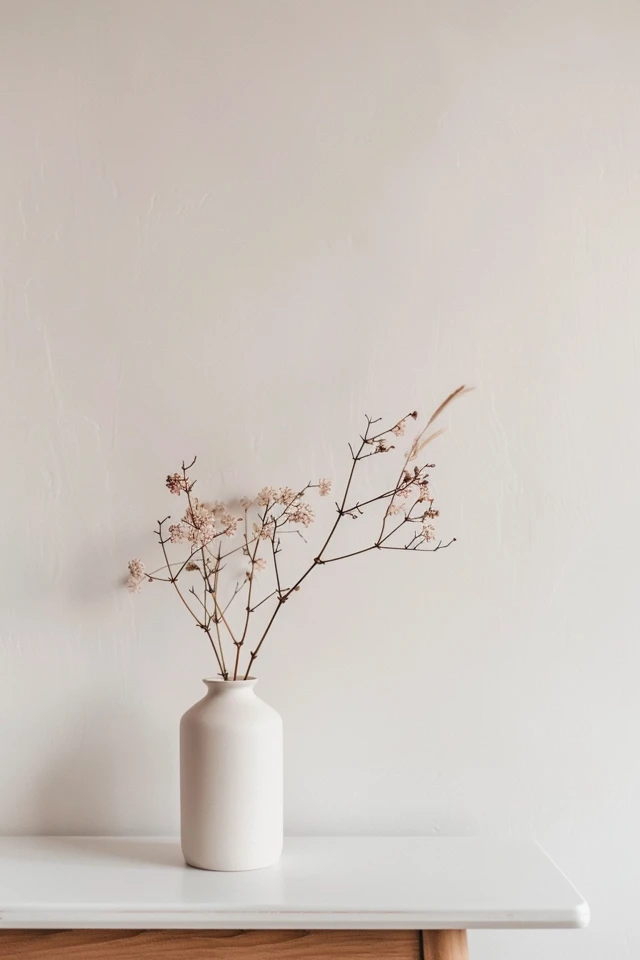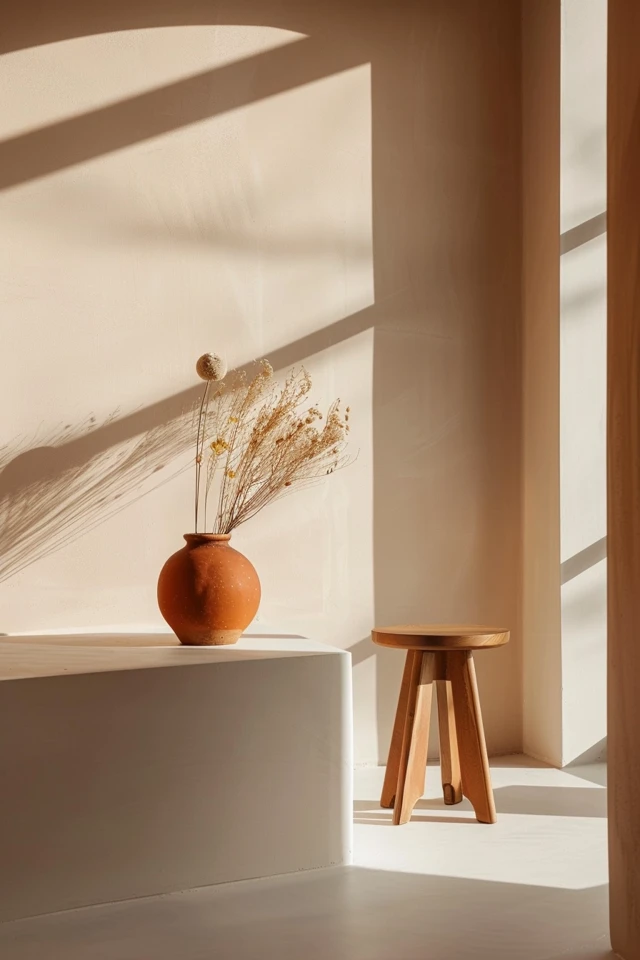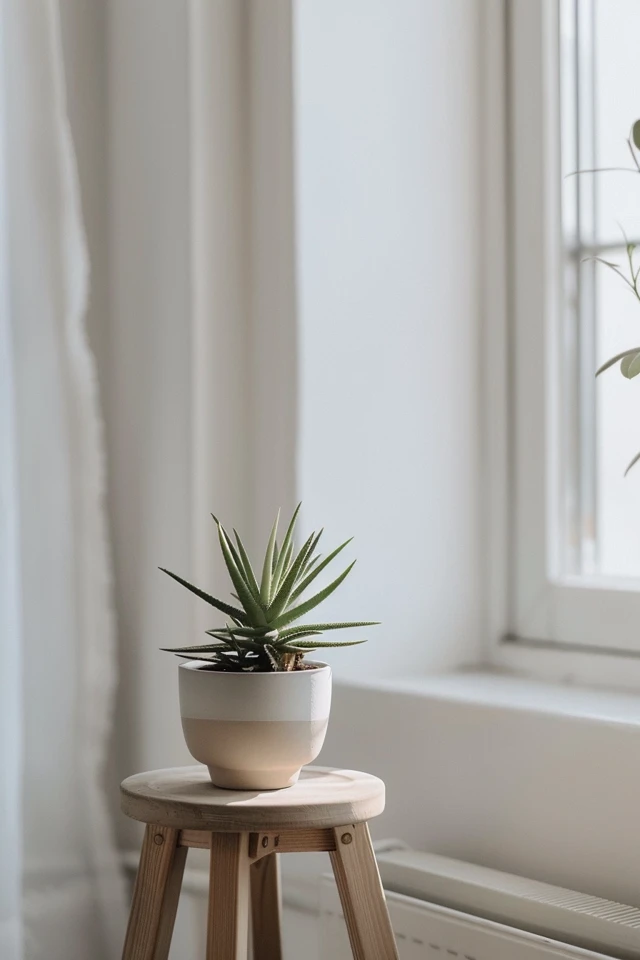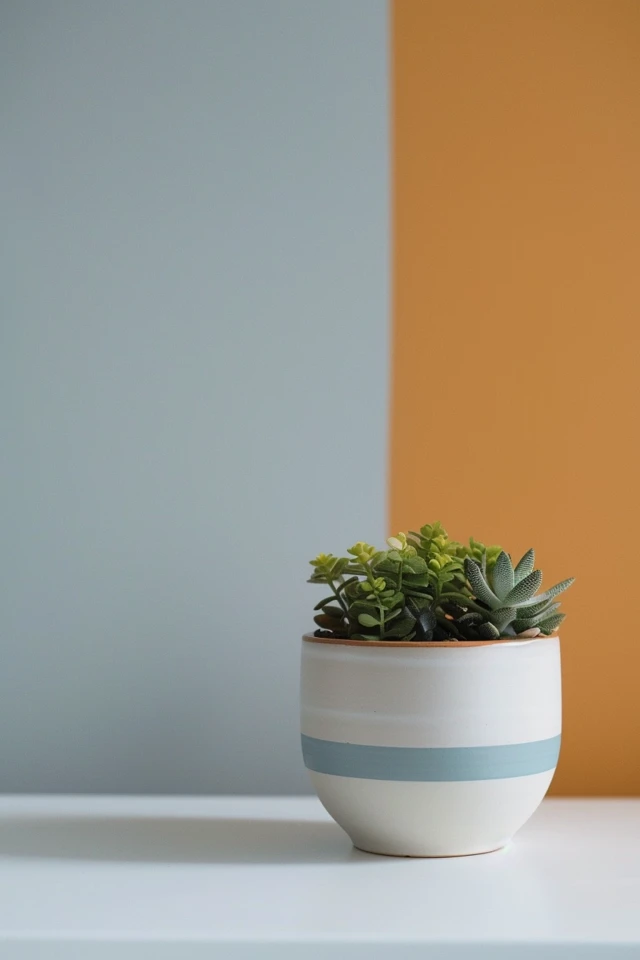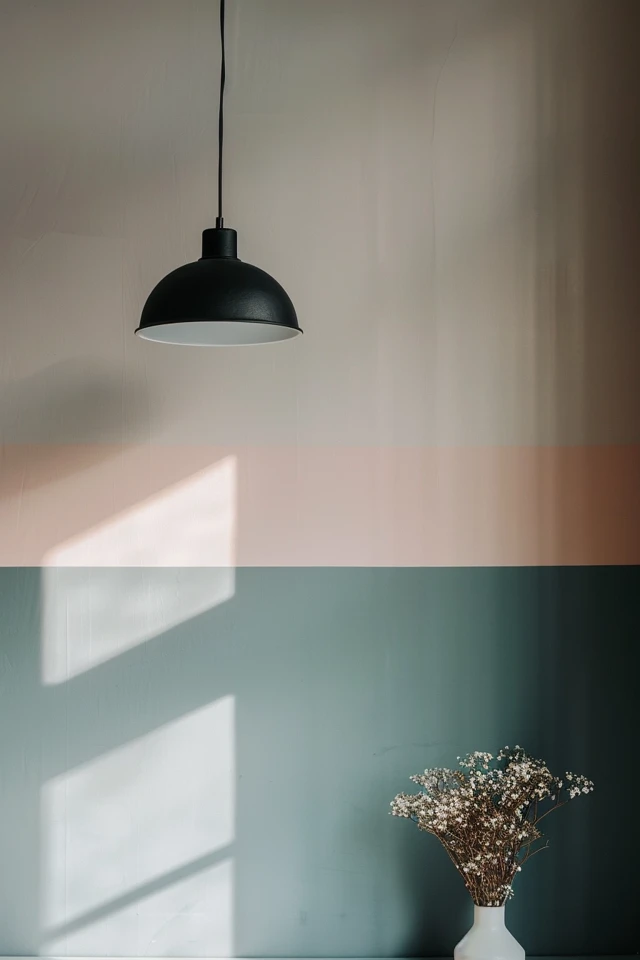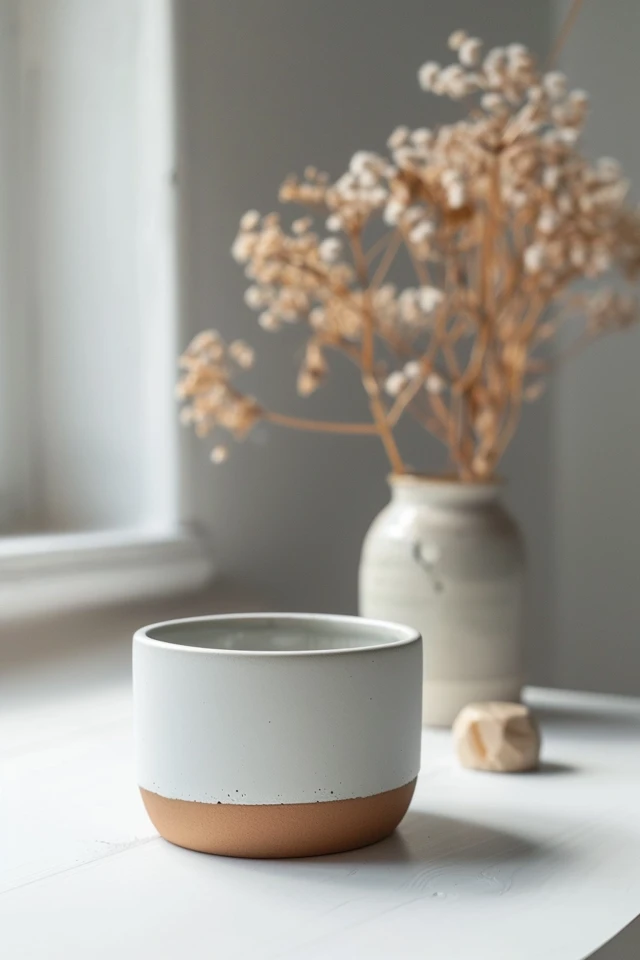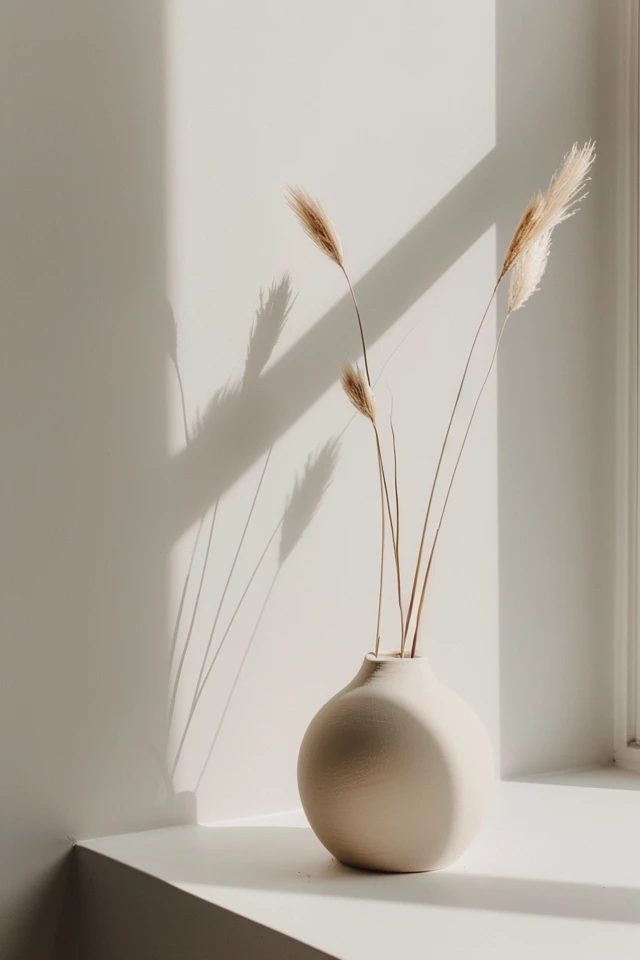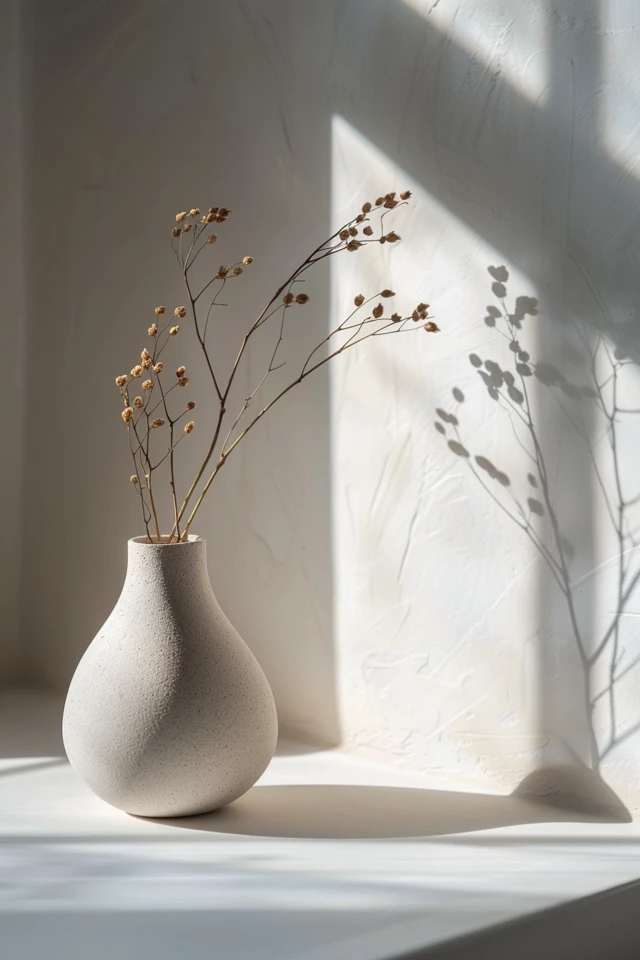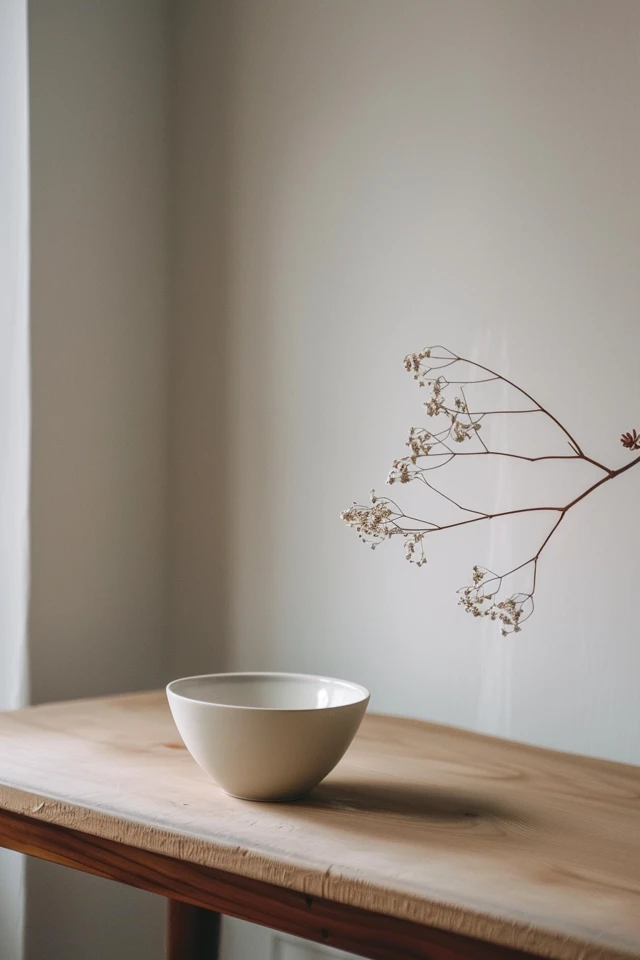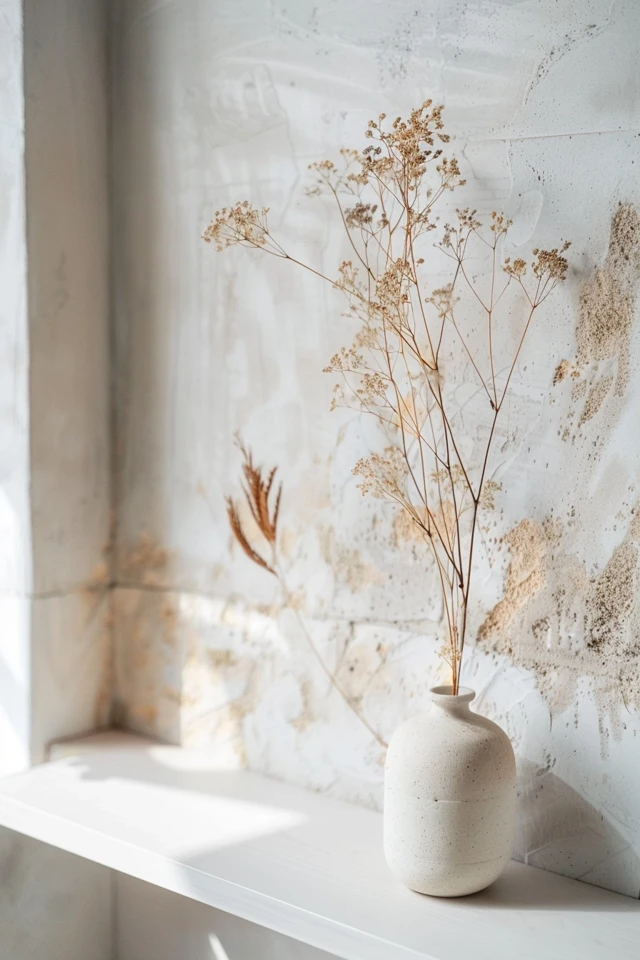Minimalist design is more than just a trend; it’s a lifestyle that emphasizes simplicity, functionality, and intentionality. As an architect and interior designer with a focus on evidence-based design, I have witnessed the transformative power of minimalism in creating serene and efficient spaces. This beginner’s guide will introduce you to the basics of minimalist design and provide practical tips to incorporate these principles into your home.
Key Takeaways:
- Focus on Essentials: Keep only what is necessary and meaningful.
- Embrace Neutral Colors: Use a neutral palette to create a calm and cohesive environment.
- Maximize Natural Light: Utilize natural light to enhance openness and warmth.
- Invest in Quality: Choose high-quality, functional pieces over quantity.
- Incorporate Simple Decor: Select decor items that add value without cluttering the space.

1. Focus on Essentials
The core principle of minimalist design is to focus on essentials. This means keeping only the items that are necessary and meaningful, and eliminating anything that does not serve a purpose. This approach helps to create a clean, uncluttered space that promotes clarity and tranquility.
Start by decluttering each room in your home. Go through your belongings and ask yourself if each item serves a purpose or brings you joy. If it doesn’t, consider donating or recycling it. By focusing on the essentials, you can create a space that is both functional and aesthetically pleasing.
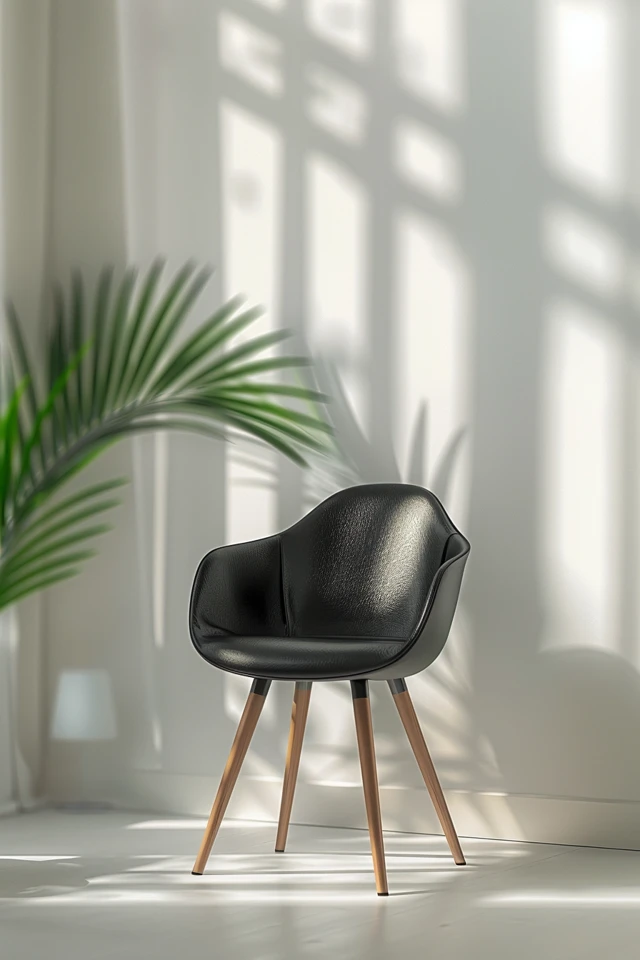
2. Embrace Neutral Colors
A neutral color palette is a hallmark of minimalist design. Shades of white, beige, gray, and soft pastels create a serene and cohesive environment. These colors not only make the space look larger but also serve as a versatile backdrop for various decor styles and elements.
When choosing colors for your home, opt for high-quality, durable paint in neutral shades. This investment ensures that your walls remain fresh and easy to maintain. Complement the walls with neutral-colored furniture and textiles to achieve a harmonious and balanced look.
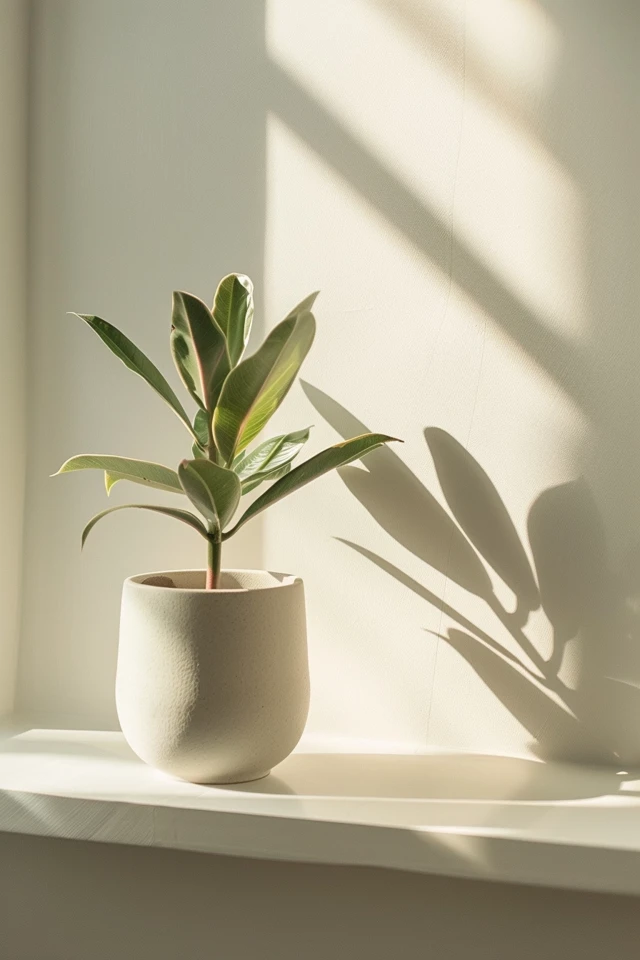
3. Maximize Natural Light
Natural light is a critical component of minimalist design. It enhances the openness and warmth of a space, making it feel more inviting and spacious. Position your furniture to take advantage of natural light, and use sheer curtains or blinds that allow sunlight to filter in.
If natural light is limited, consider adding light fixtures that mimic natural daylight. Soft, warm lighting can create a comfortable and inviting atmosphere. Use simple, unobtrusive light fixtures to maintain the minimalist look. A well-lit space can significantly boost your mood and well-being.
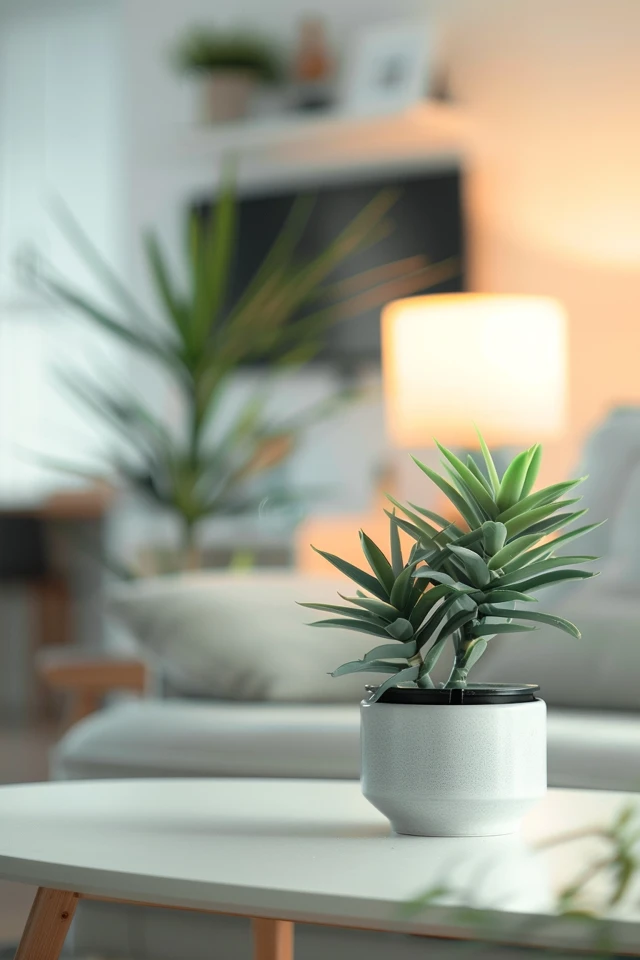
4. Invest in Quality
In minimalist design, less is more. Investing in high-quality, functional pieces ensures that your space remains uncluttered and elegant. Quality pieces tend to be more durable and aesthetically pleasing, making them a better investment in the long run.
Select furniture and decor items made from durable materials like wood, metal, or high-quality fabric. These materials not only withstand the test of time but also add a touch of sophistication to your home. By focusing on quality, you can create a minimalist space that is both beautiful and functional.
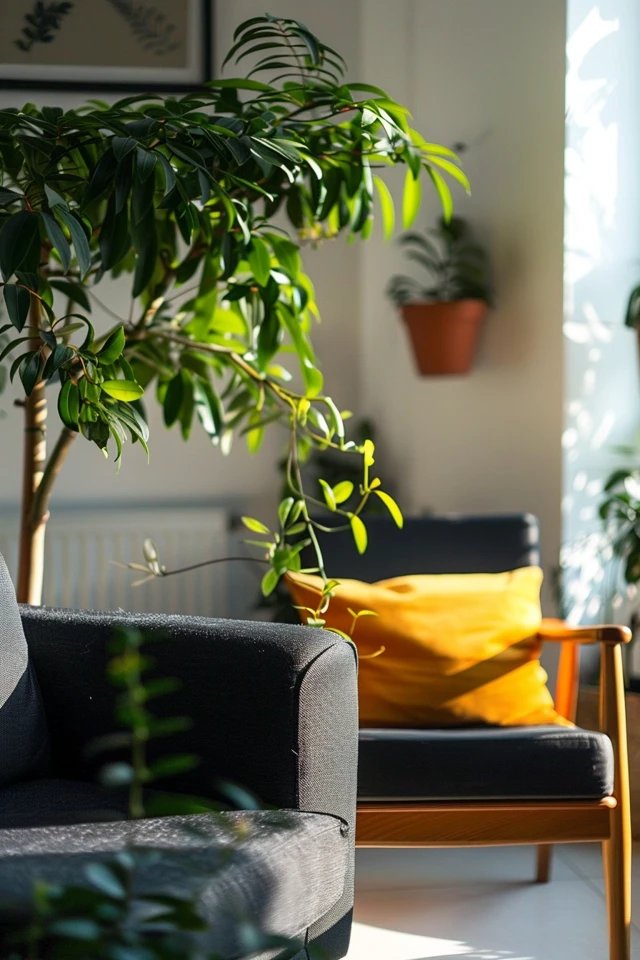
5. Incorporate Simple Decor
Minimalist decor is all about simplicity and functionality. Choose decor items that add value to your space without cluttering it. Thrift stores, flea markets, and DIY projects can provide unique items that add character and personality to your home.
Wall art, plants, and minimalist stationery can be affordable yet impactful. A single statement piece, like a framed print or a sleek desk lamp, can serve as a focal point. Remember, less is more in minimalist design. Choose decor items that you truly love and that contribute to the overall functionality of the space.
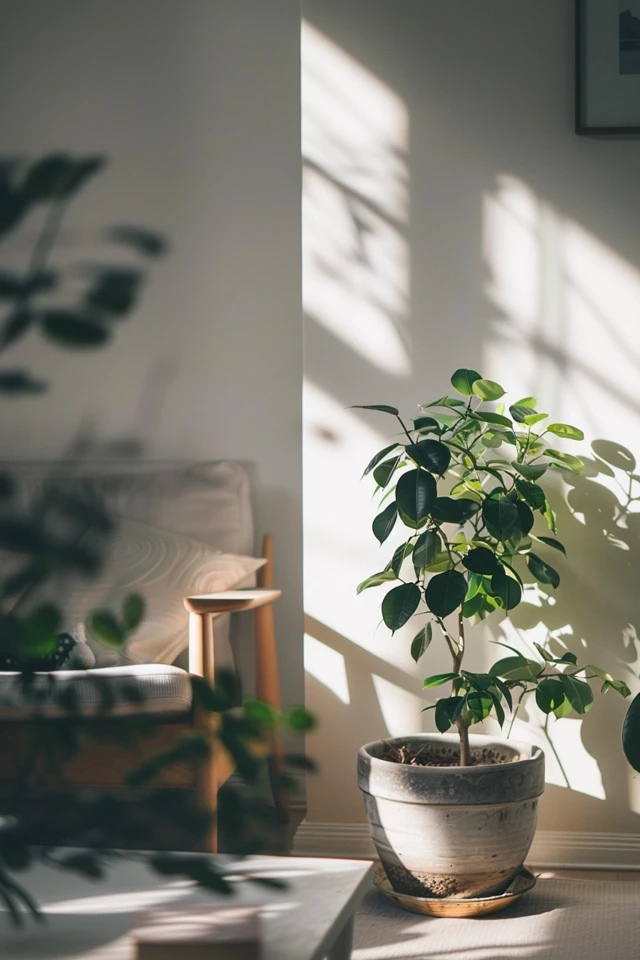
Conclusion
Minimalist design is a powerful approach that can transform your home into a serene and efficient space. By focusing on essentials, embracing neutral colors, maximizing natural light, investing in quality, and incorporating simple decor, you can create a minimalist environment that enhances your overall well-being.
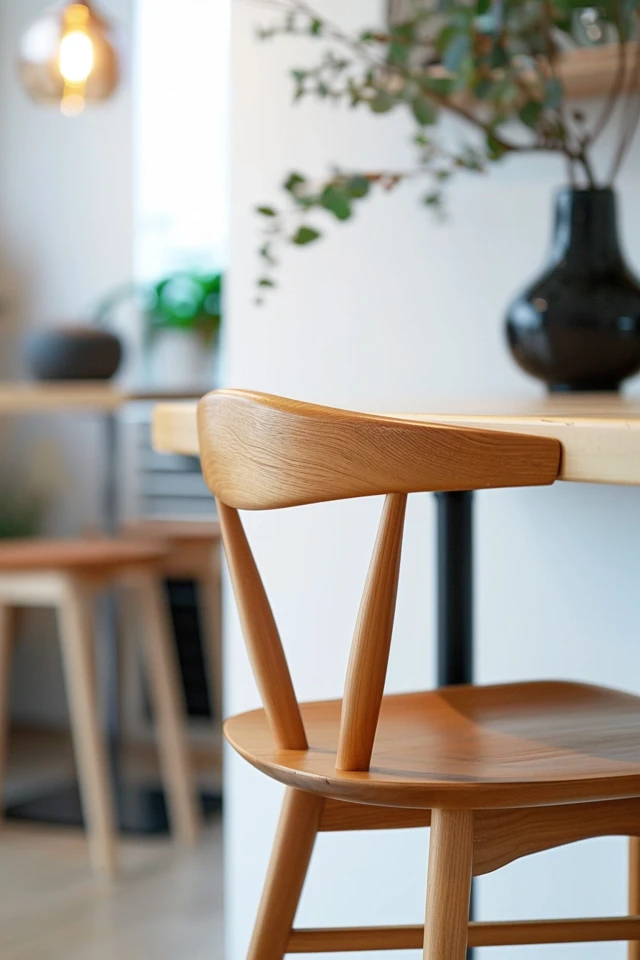
As you embark on your minimalist journey, remember that minimalism is not just about removing excess; it’s about making intentional choices that improve your quality of life. Enjoy the process of curating a space that reflects your personal style and supports your daily needs. With these basics in mind, you can create a beautiful and tranquil home that embodies the essence of minimalist design.
Inspirational Pictures
